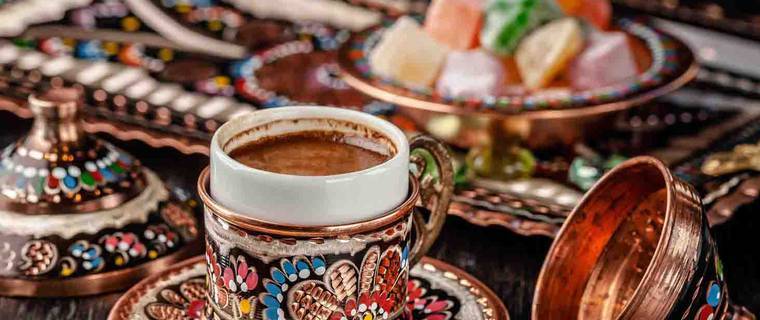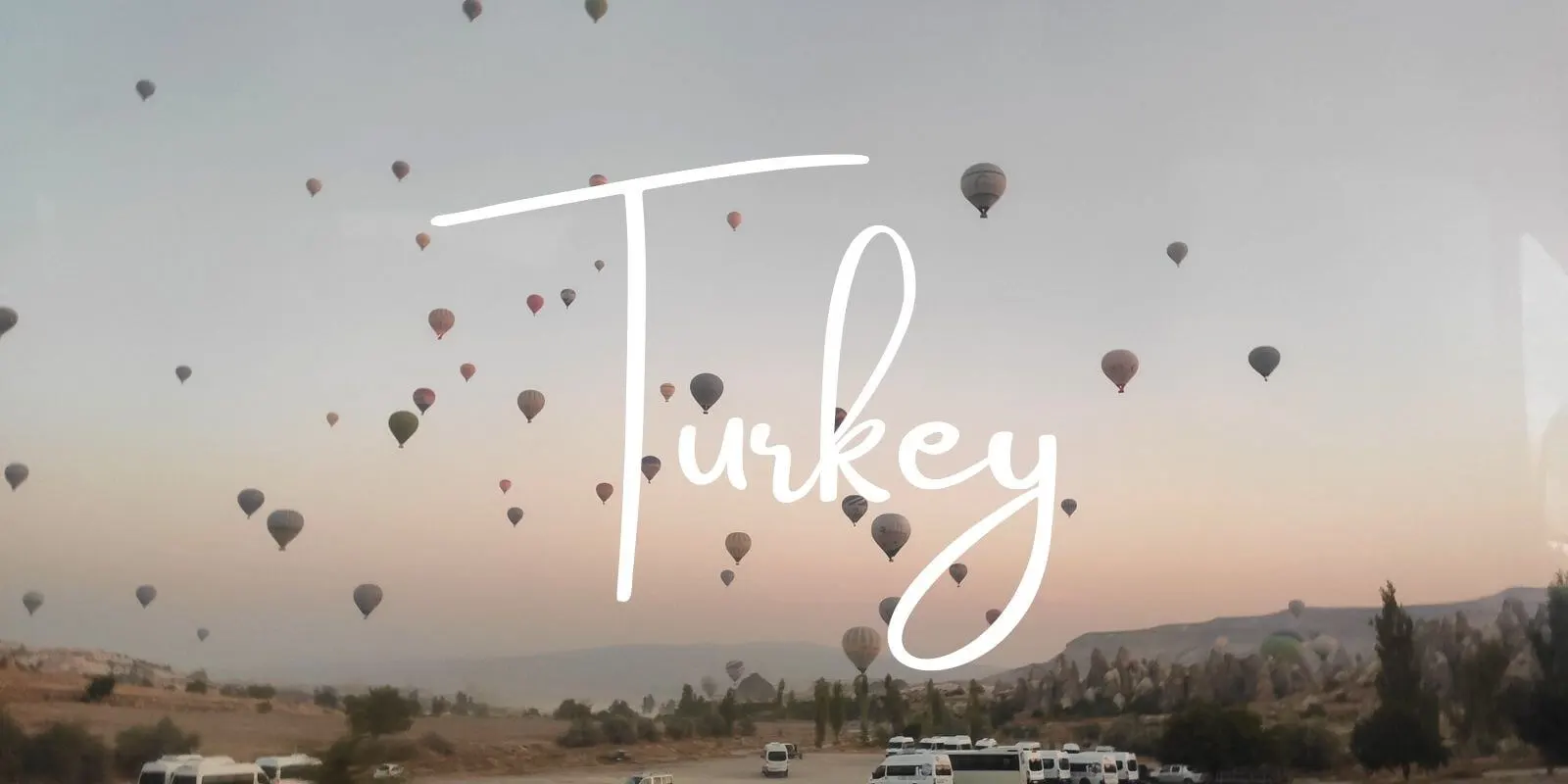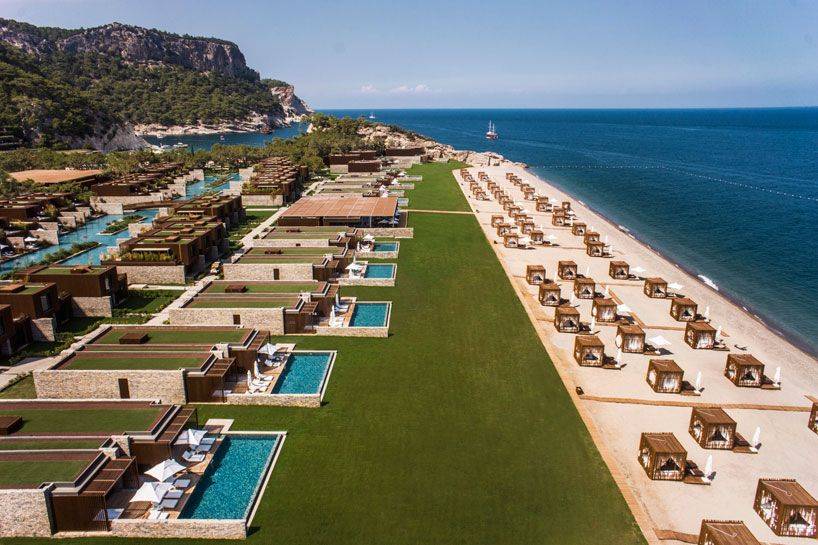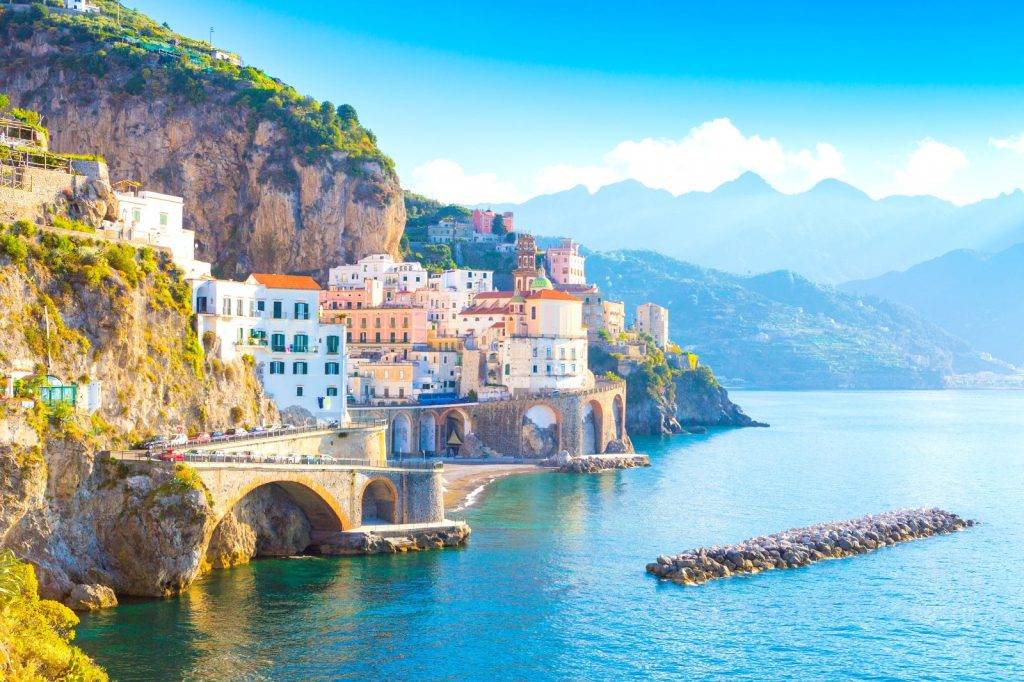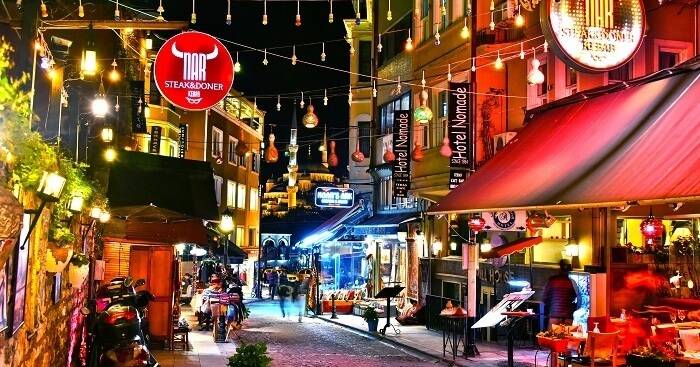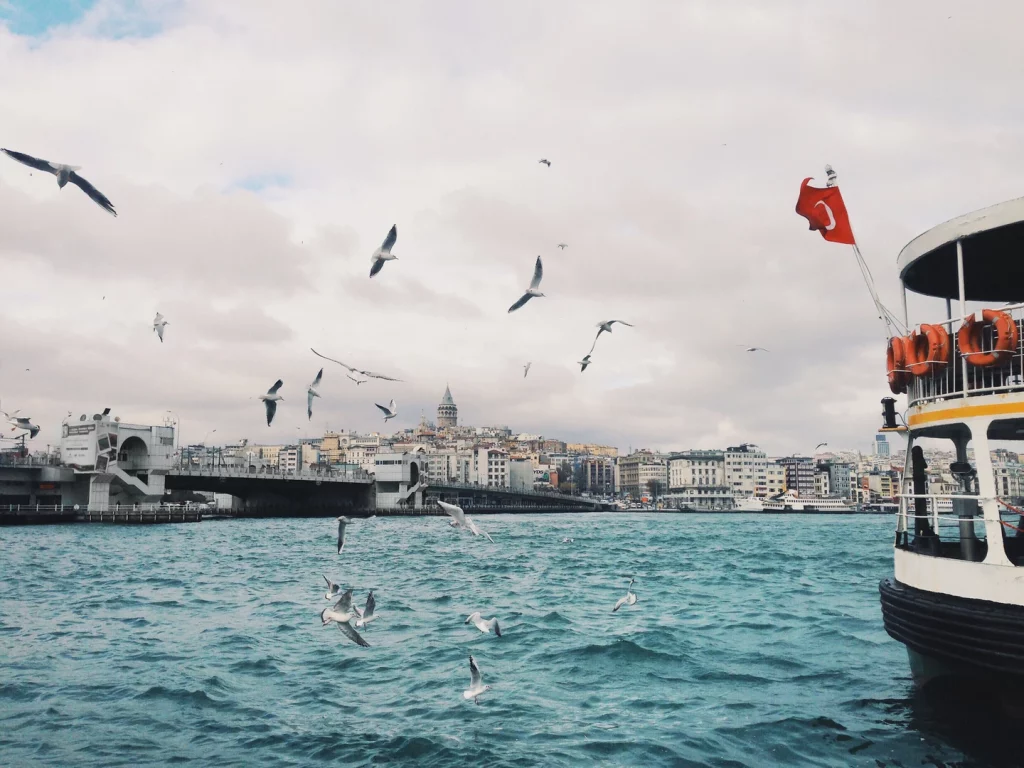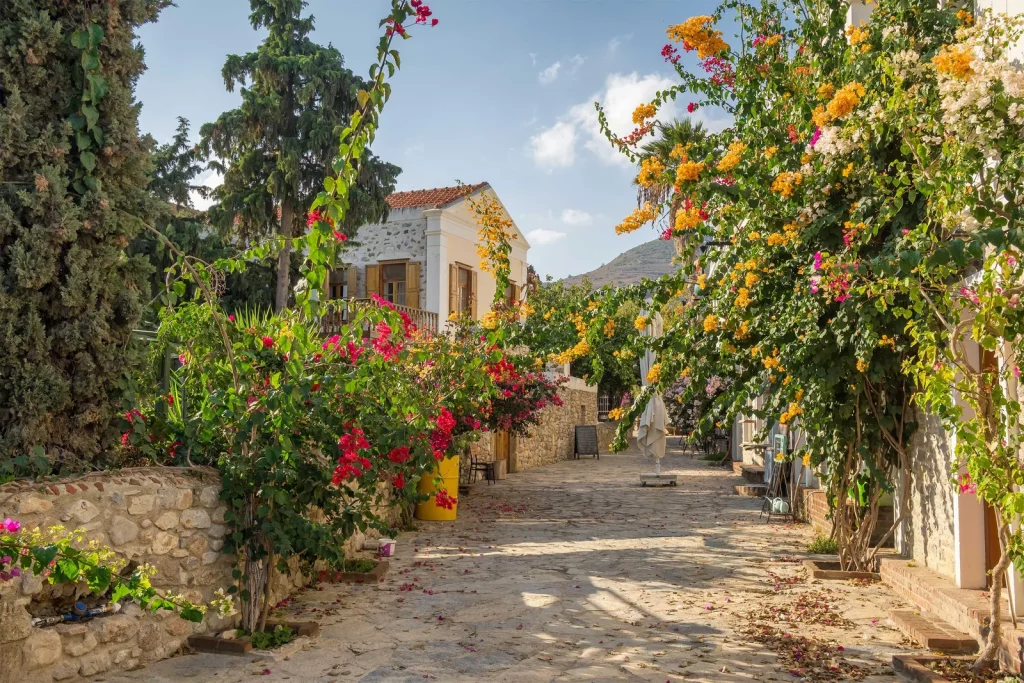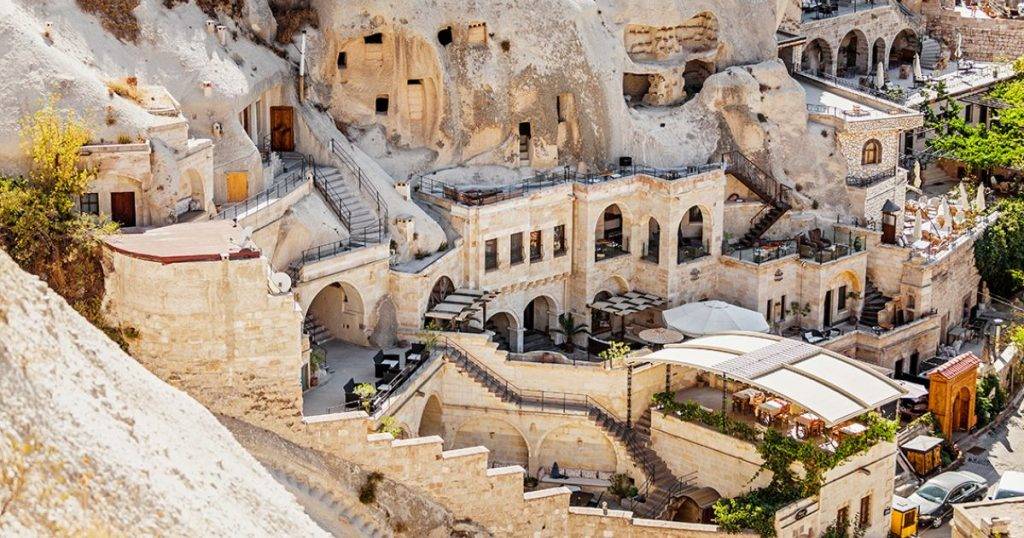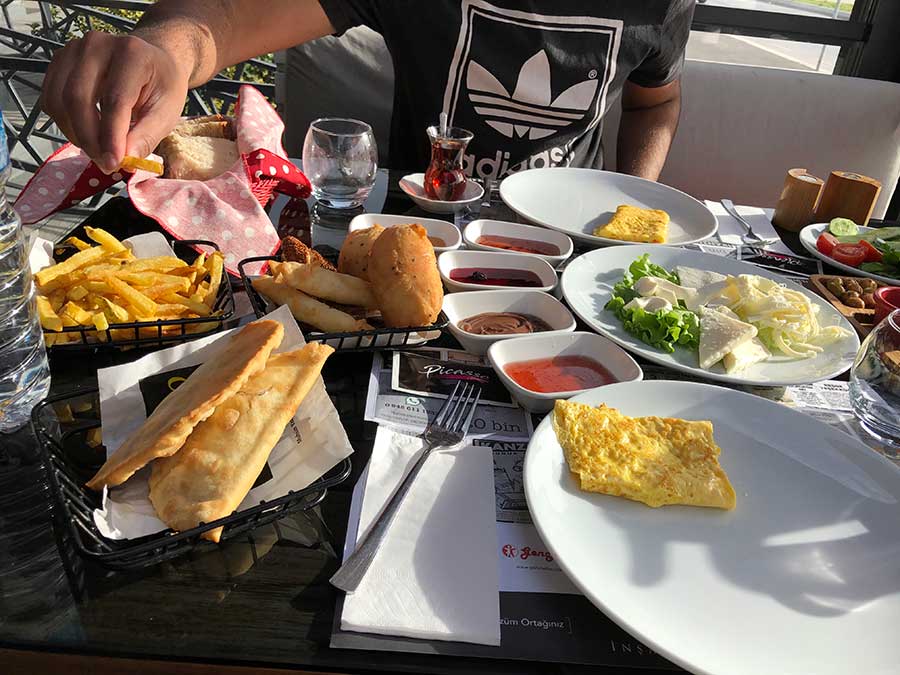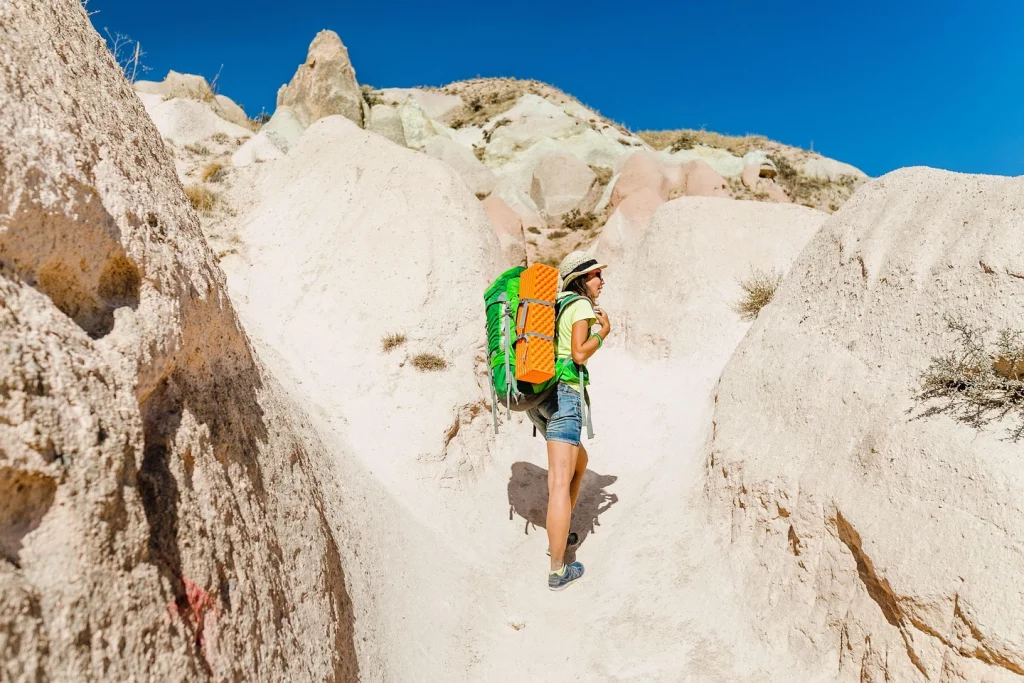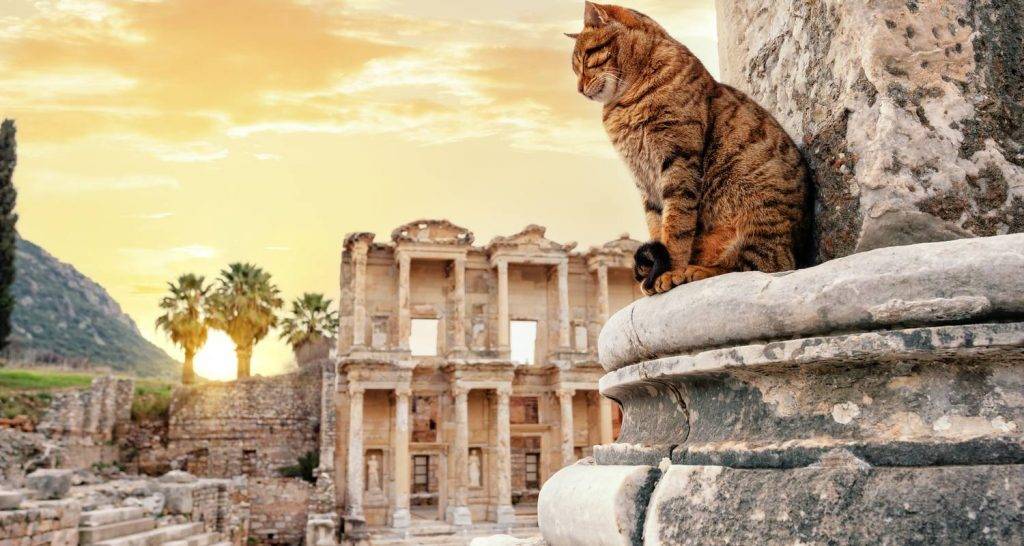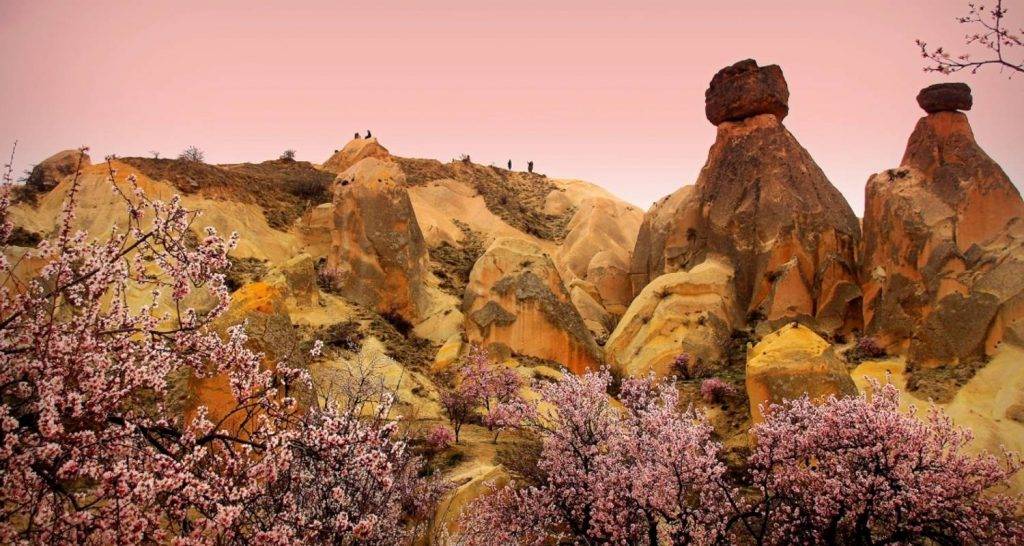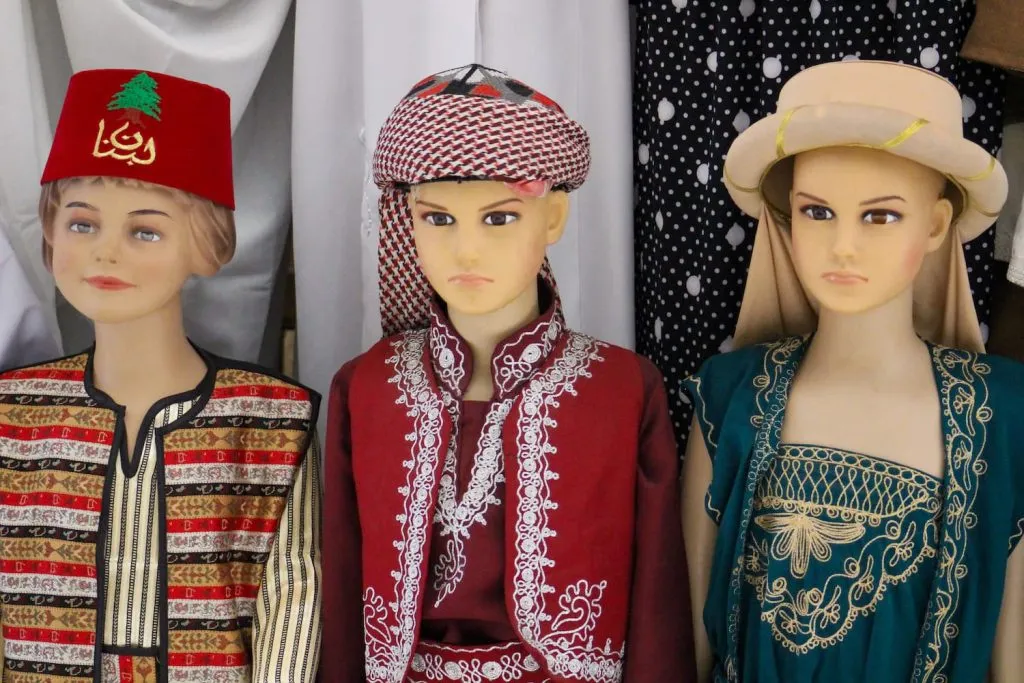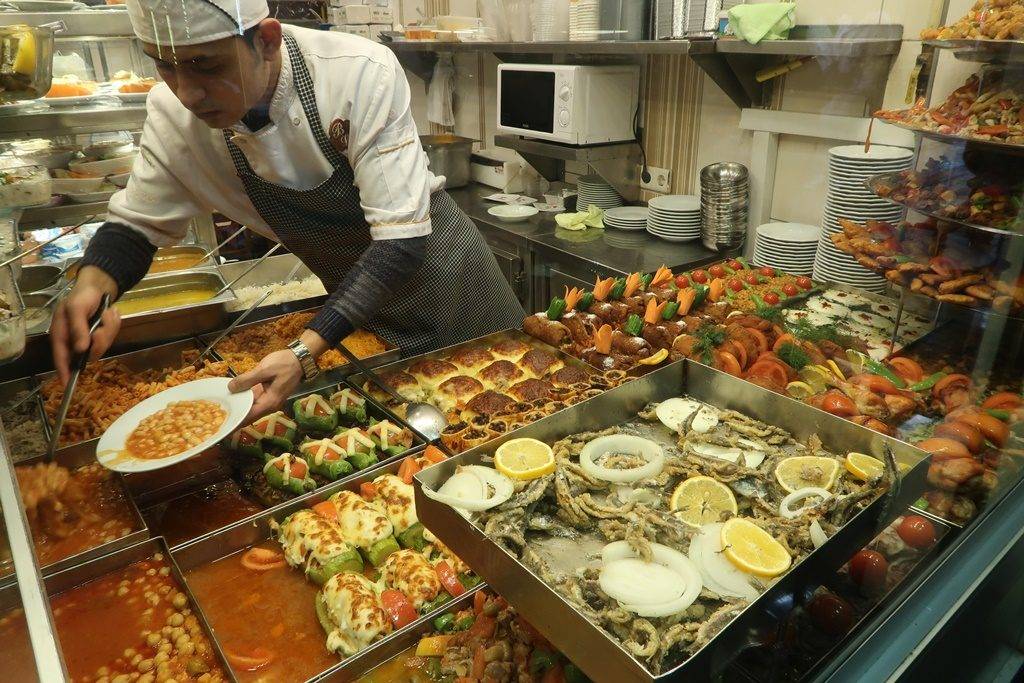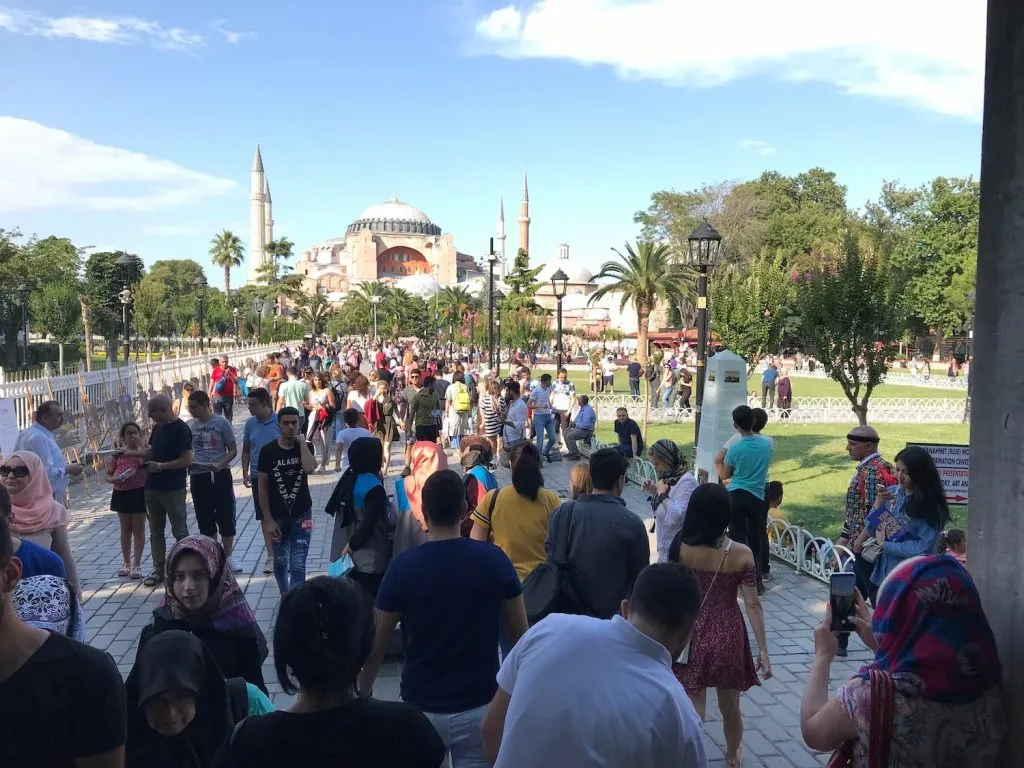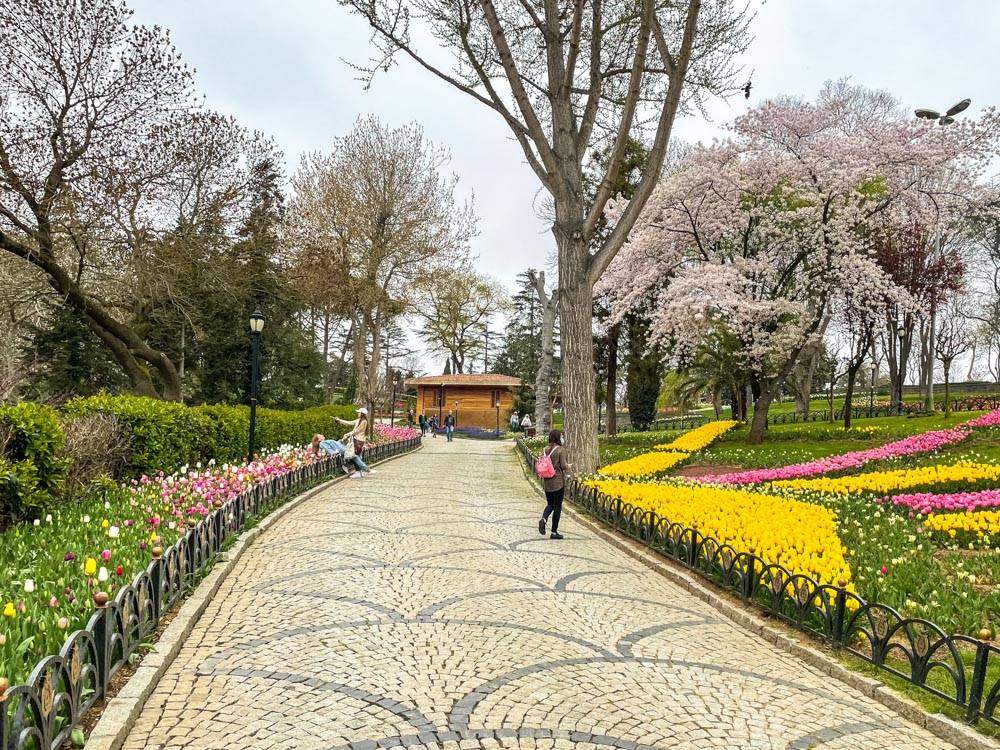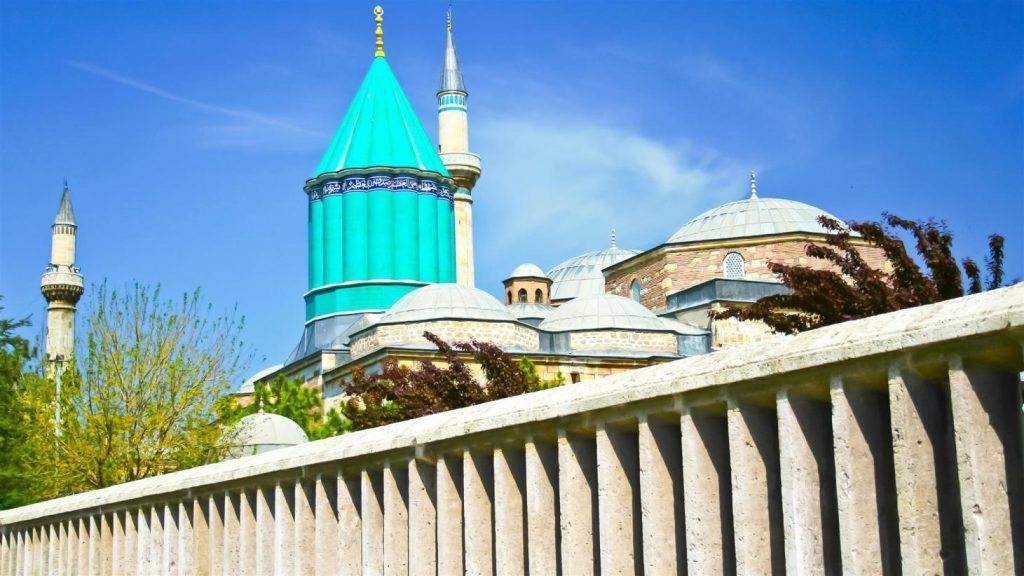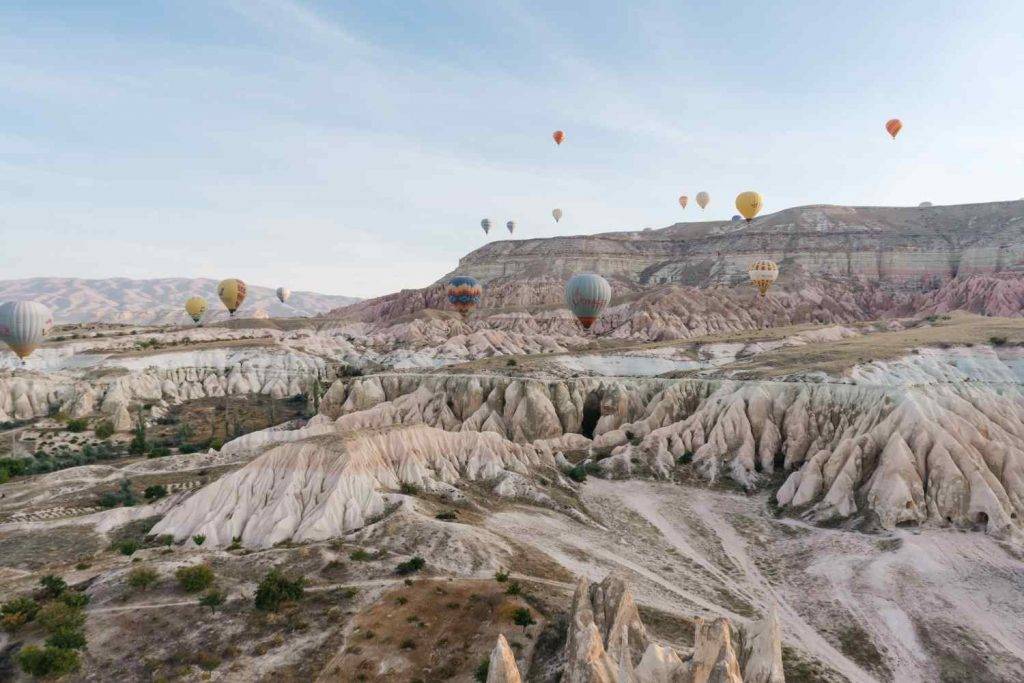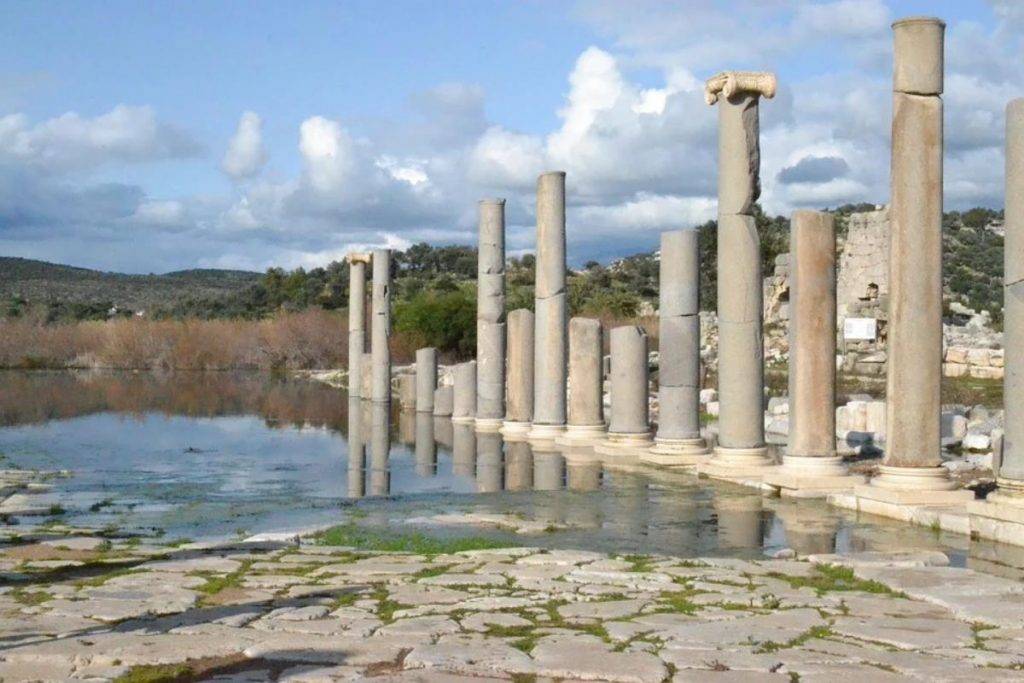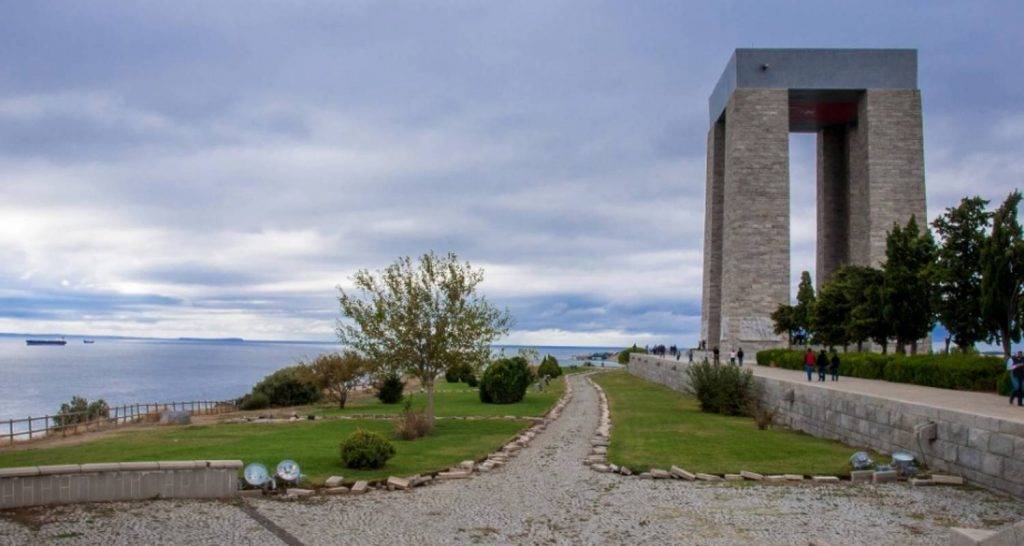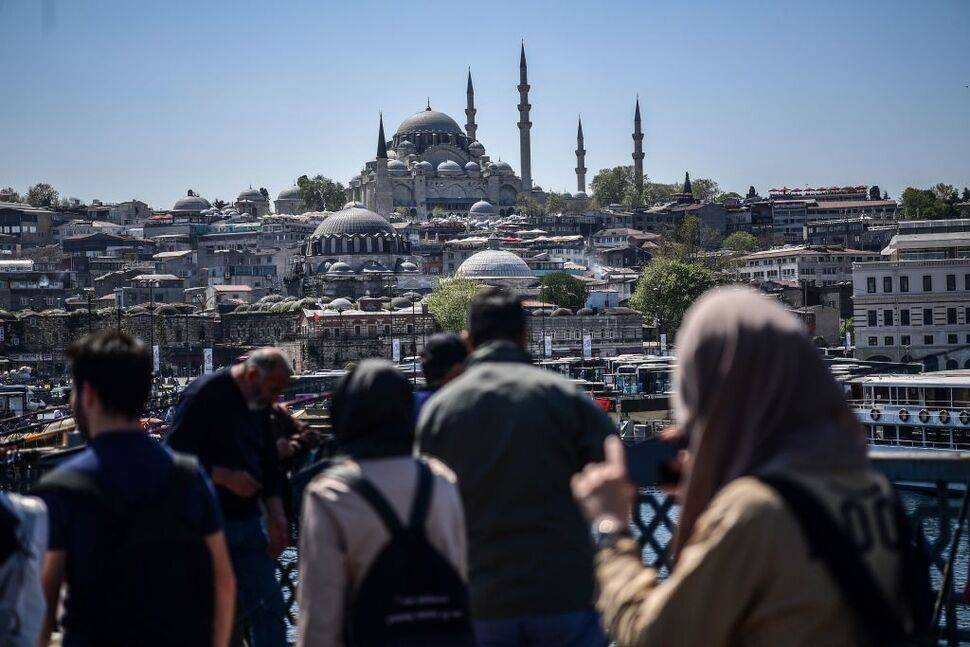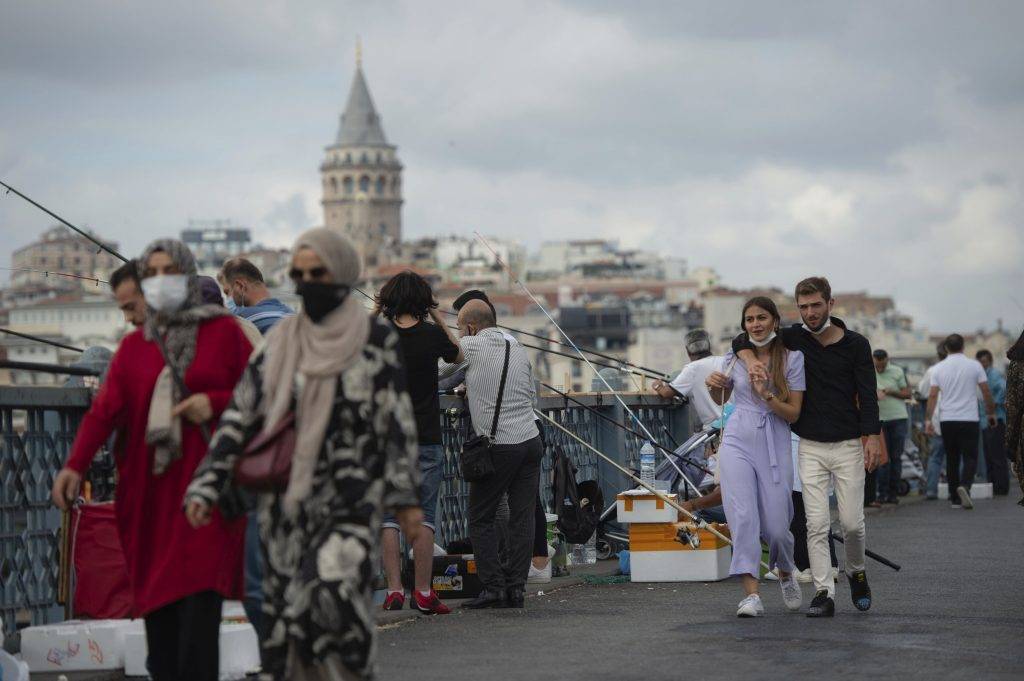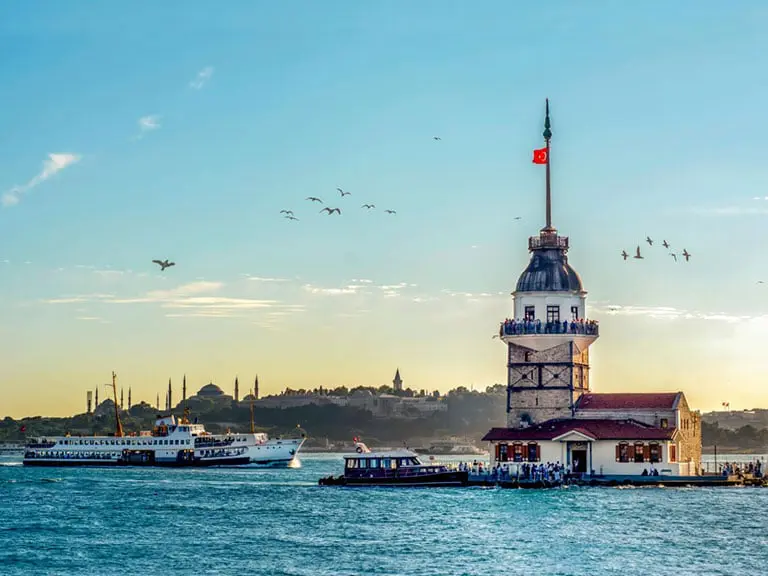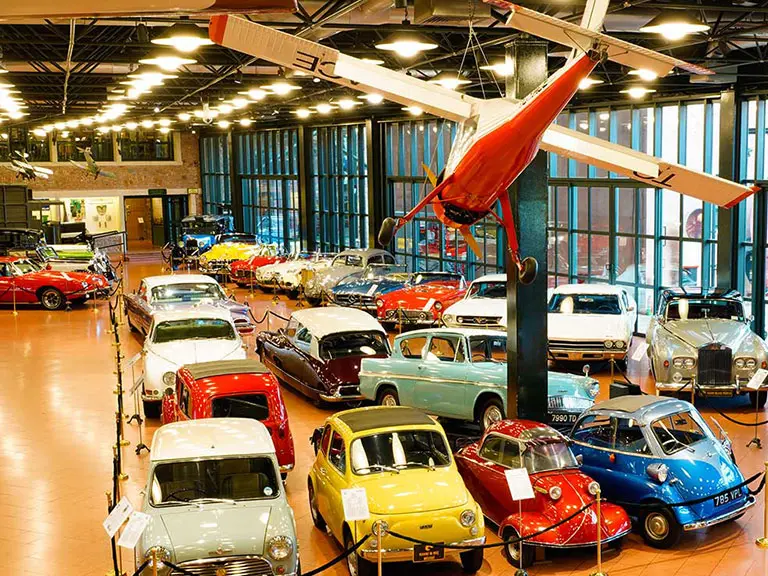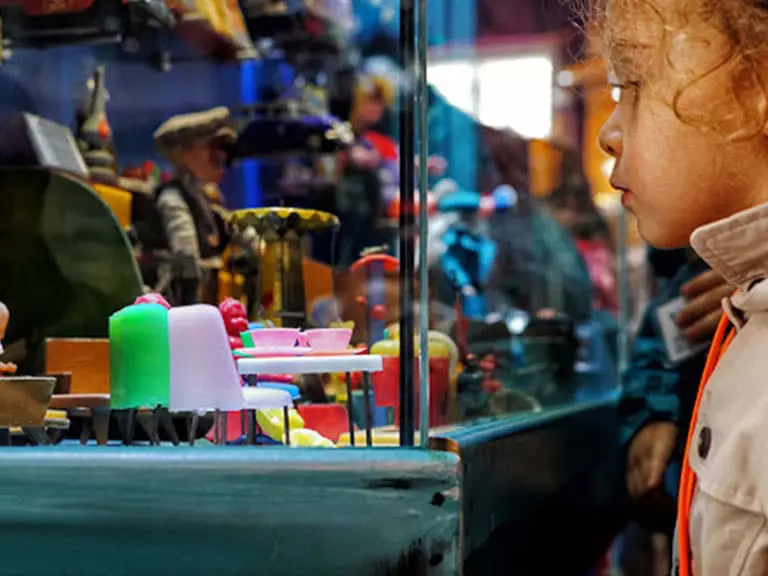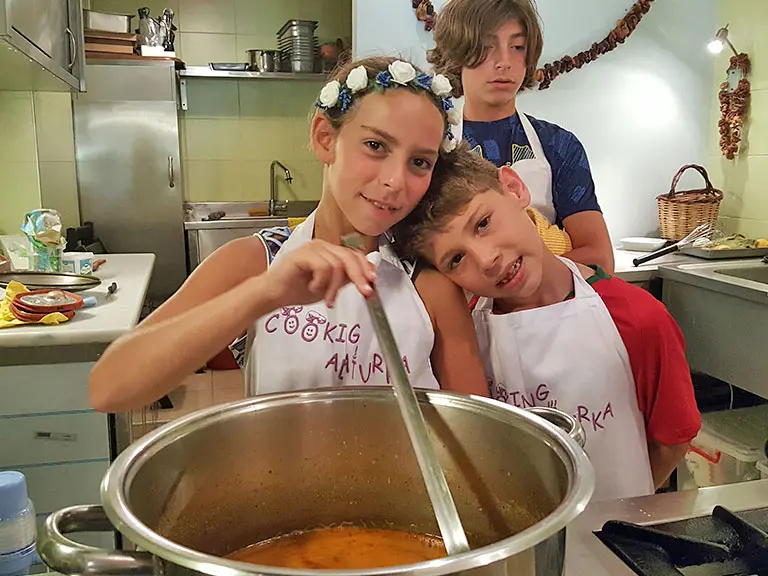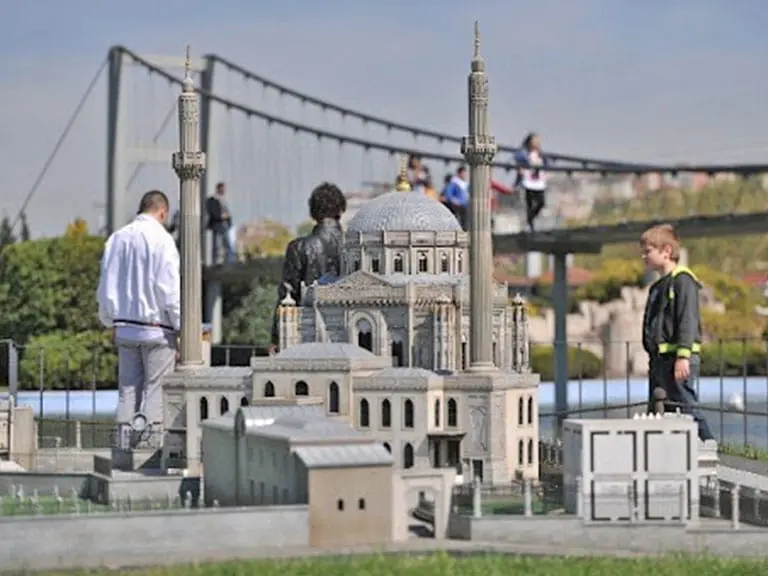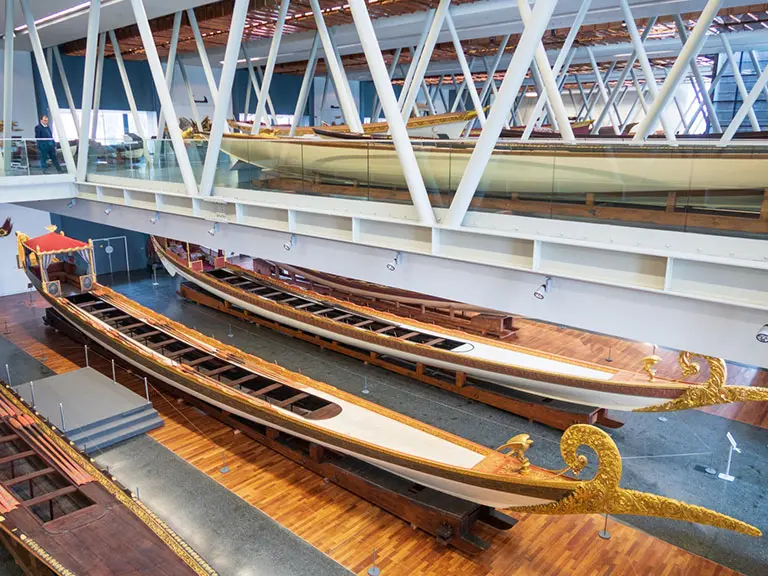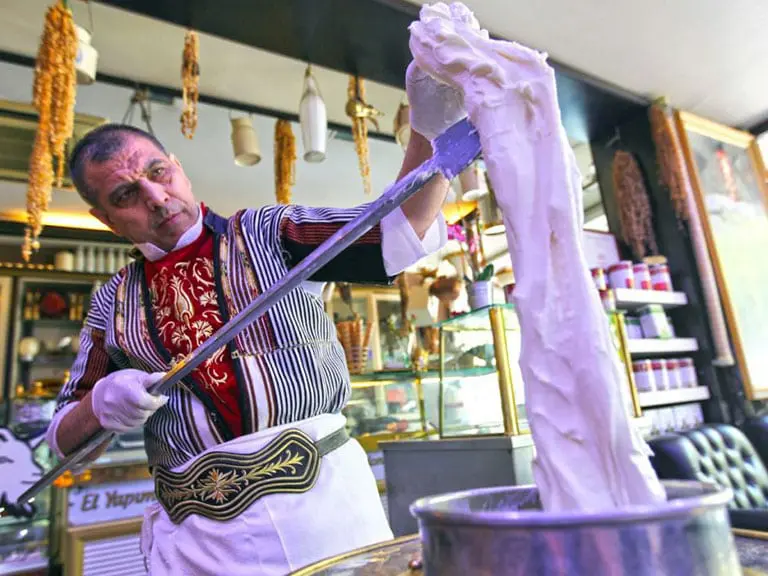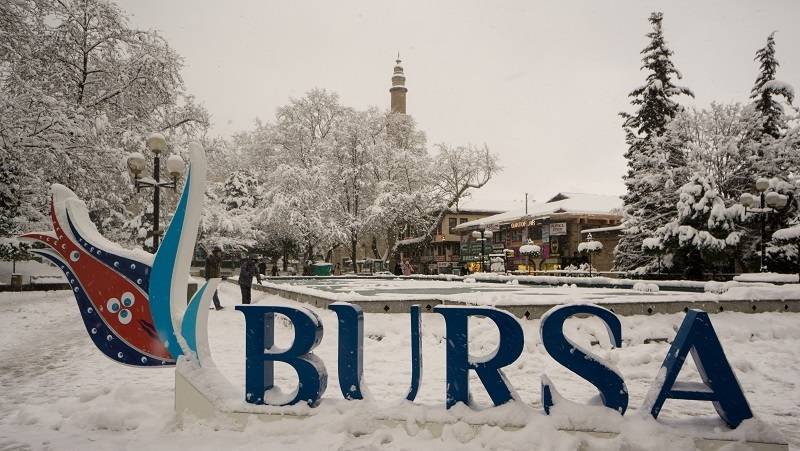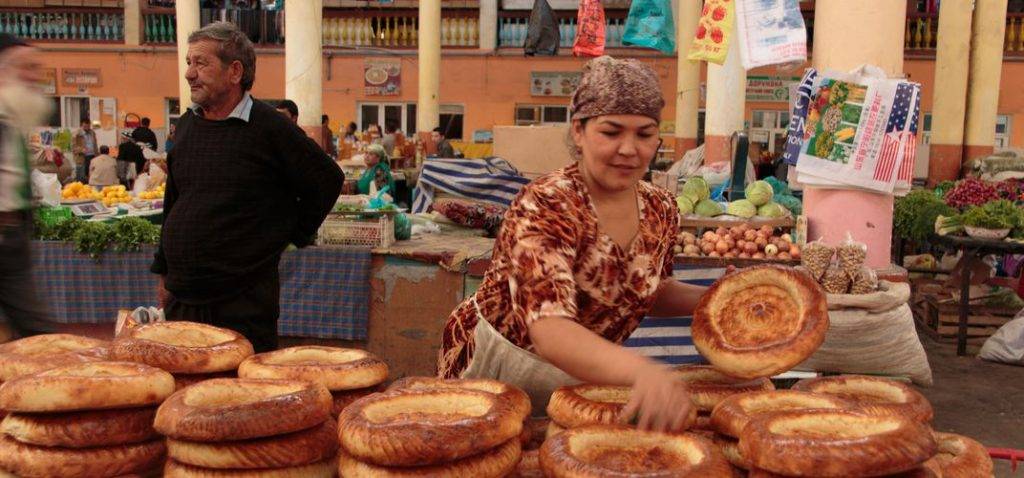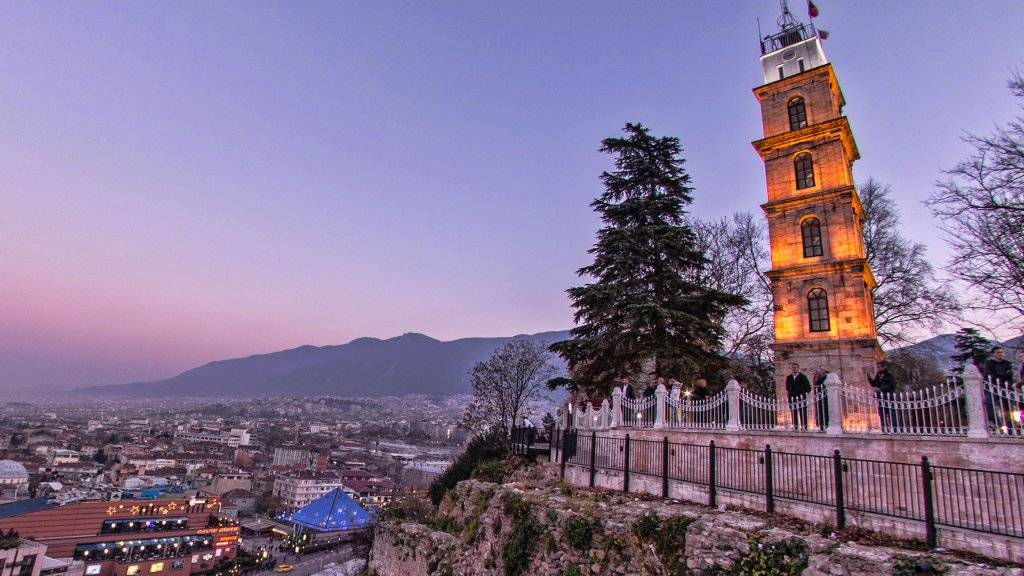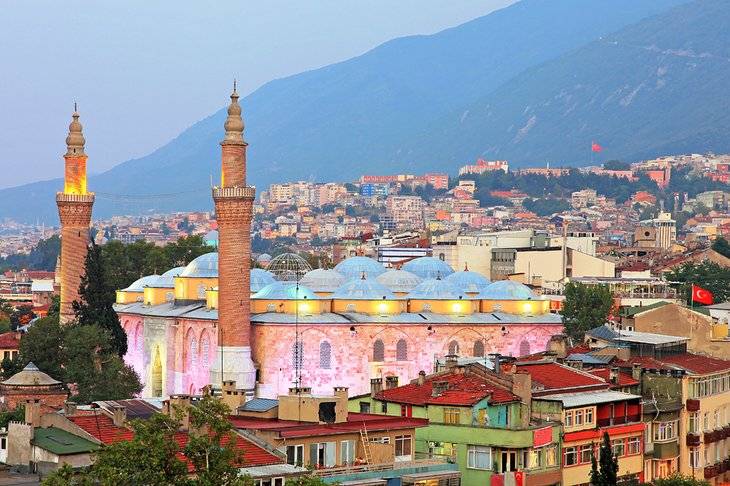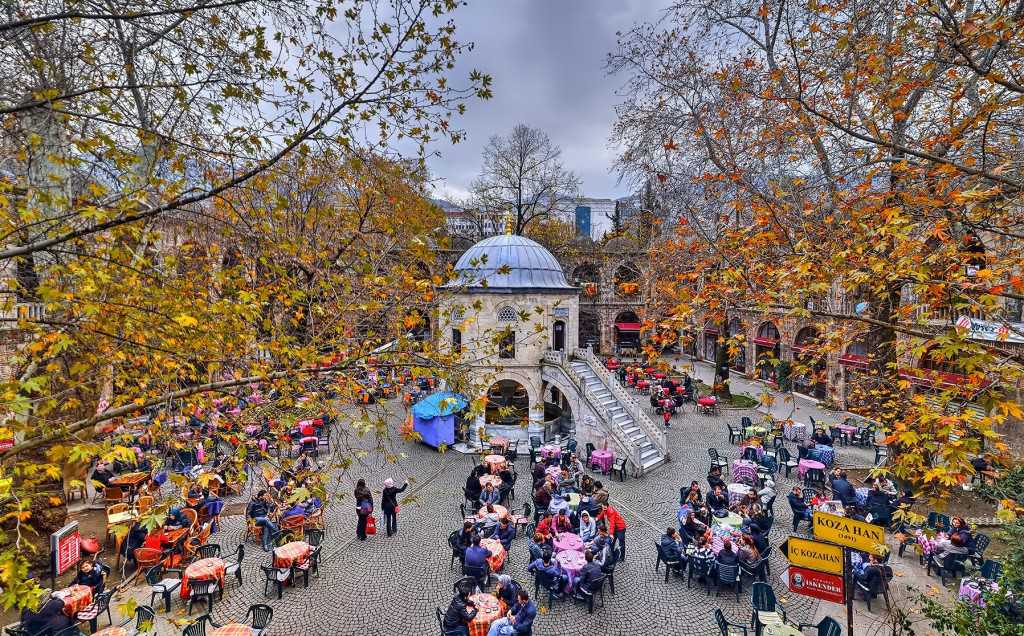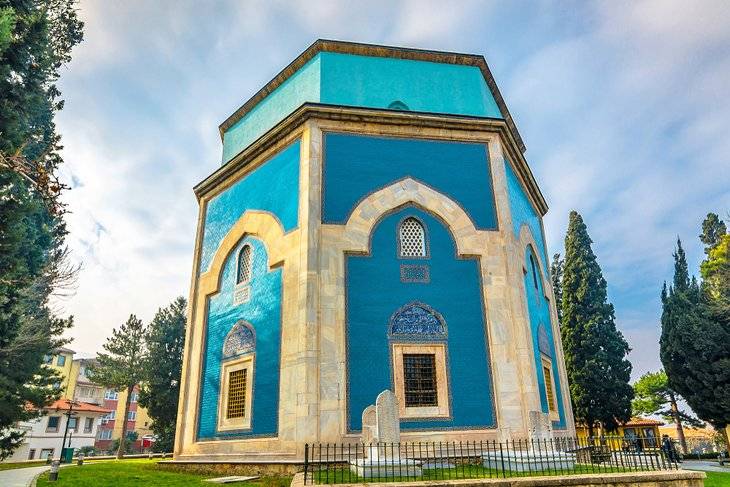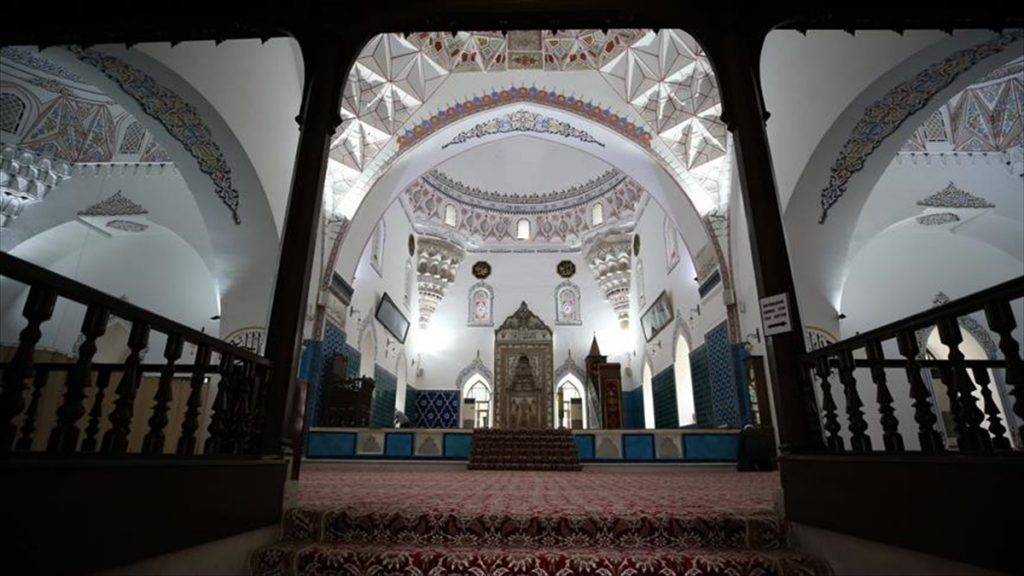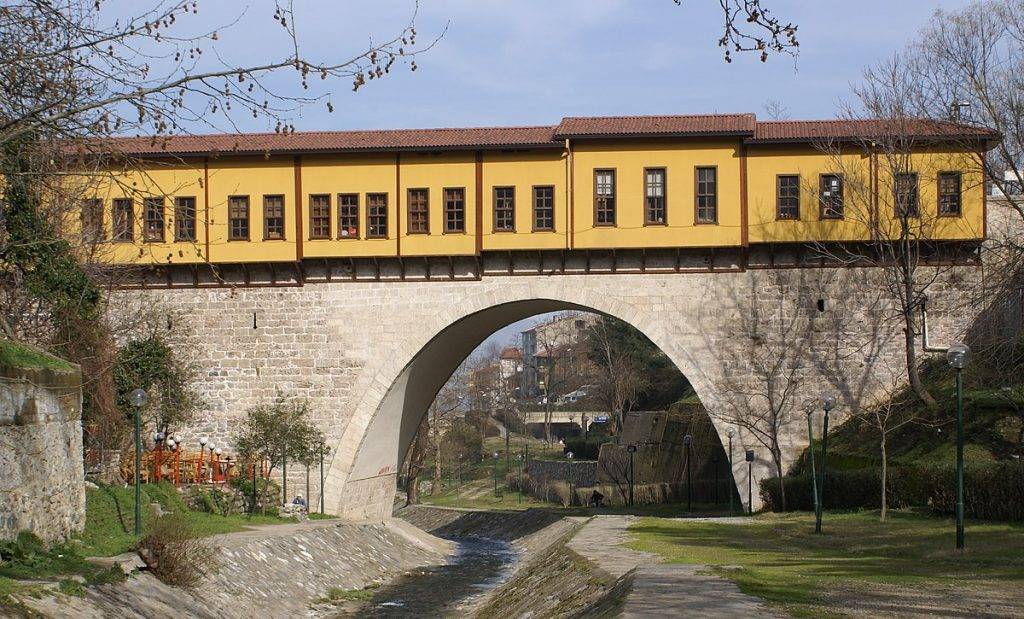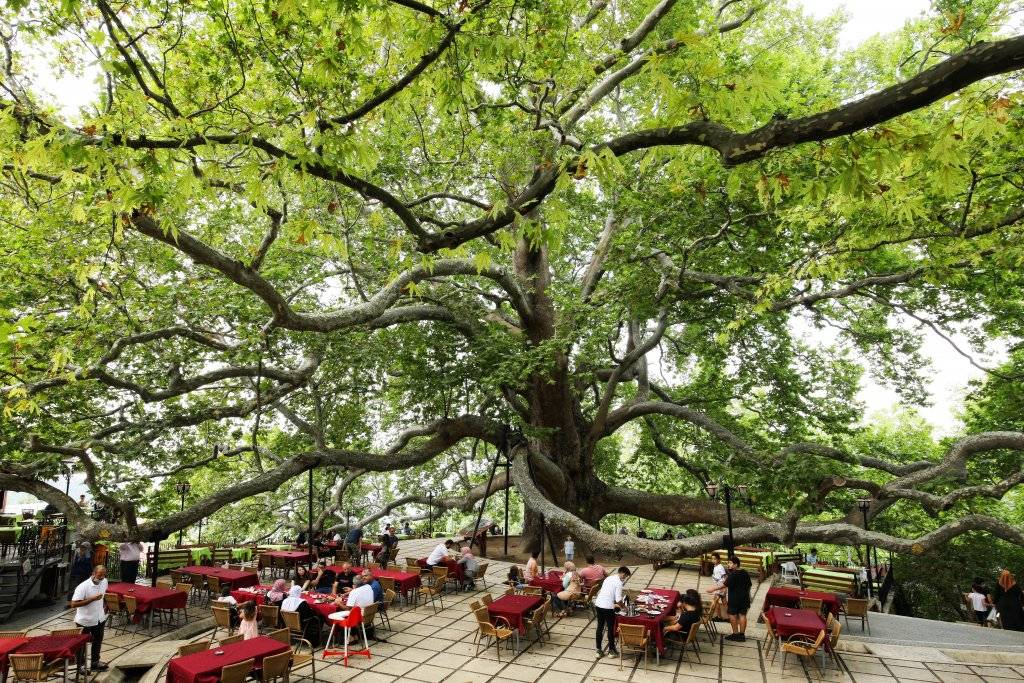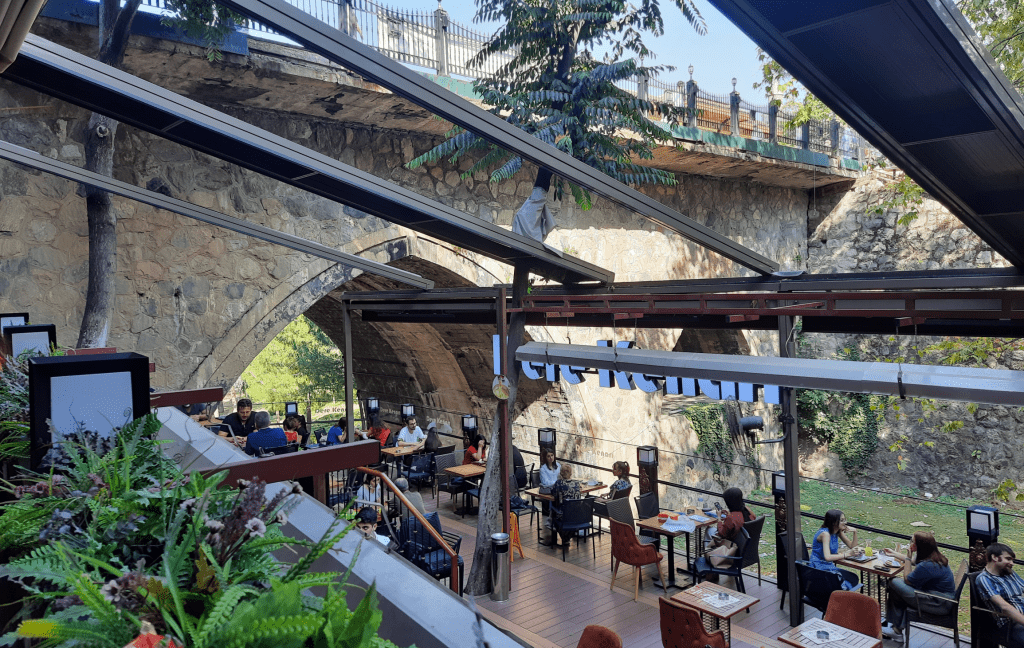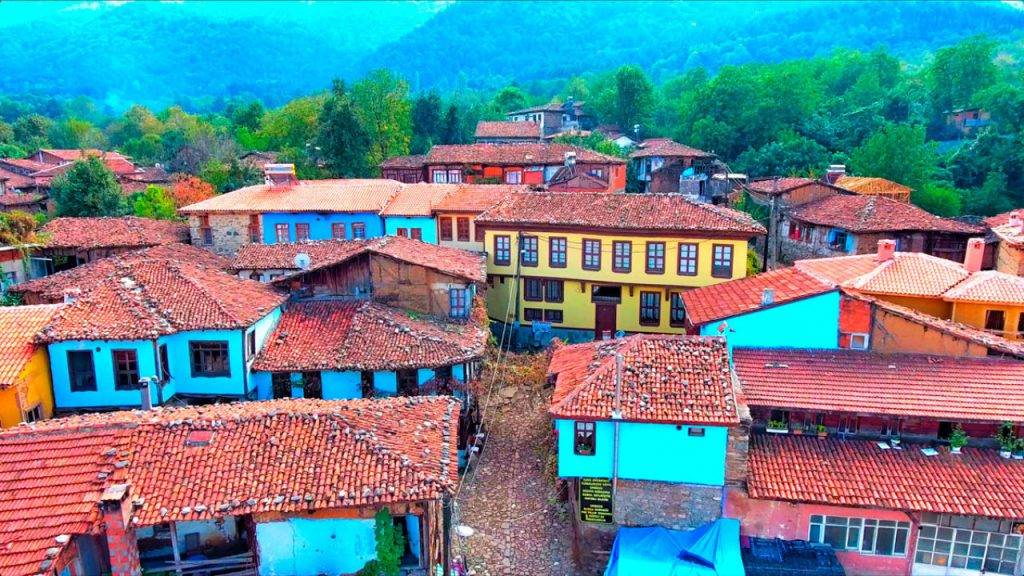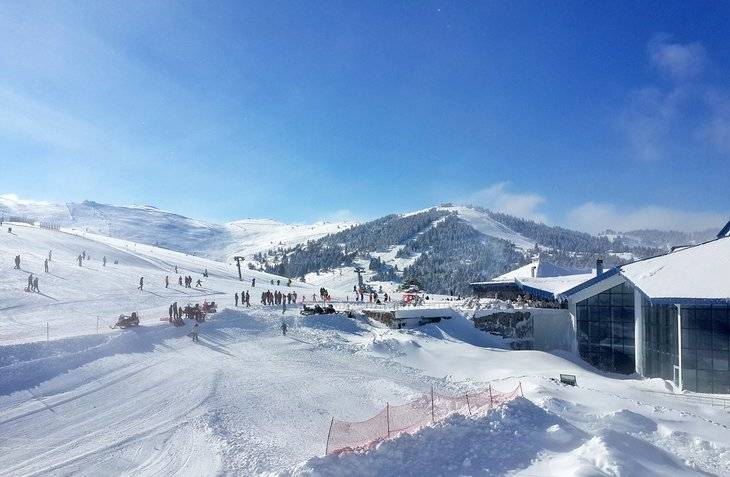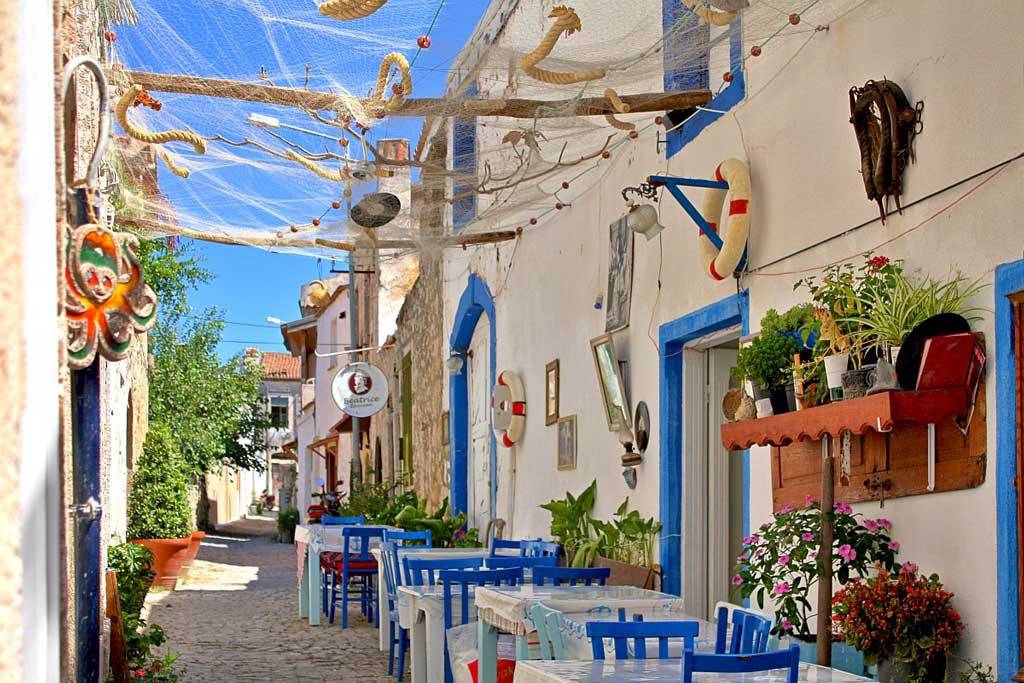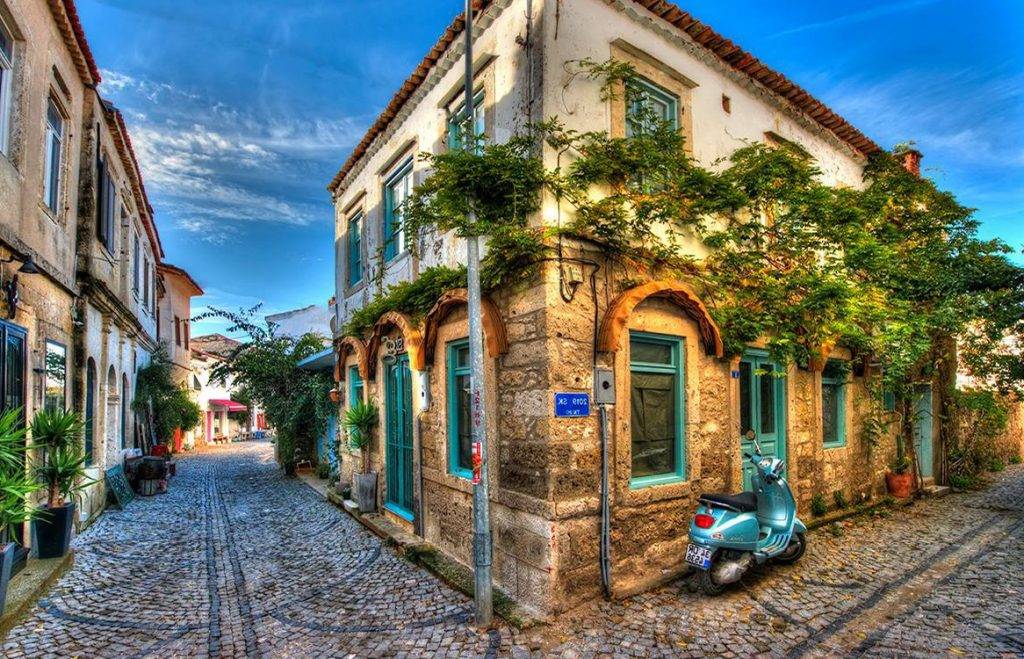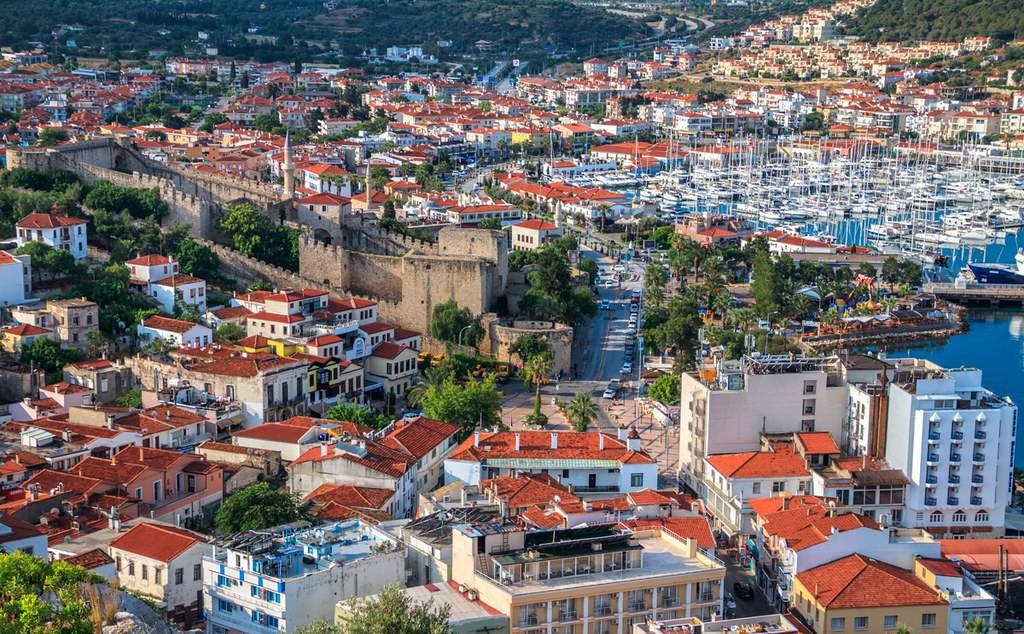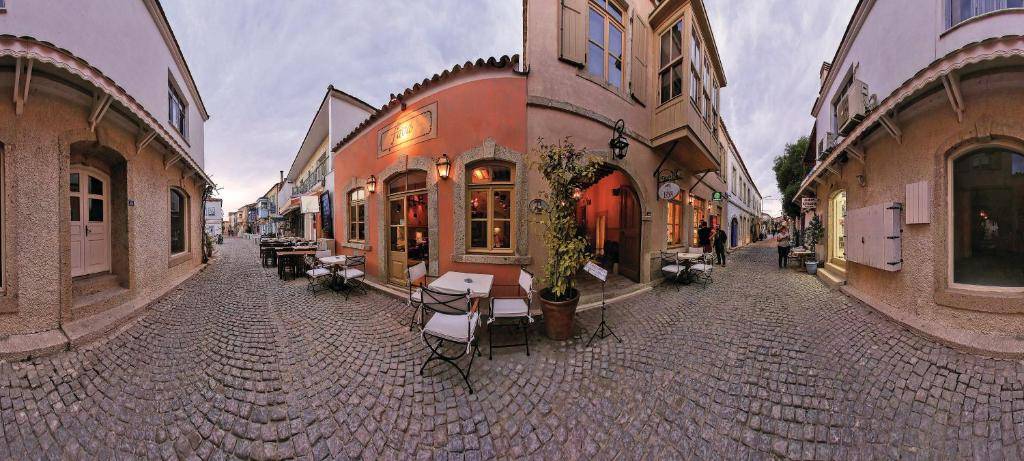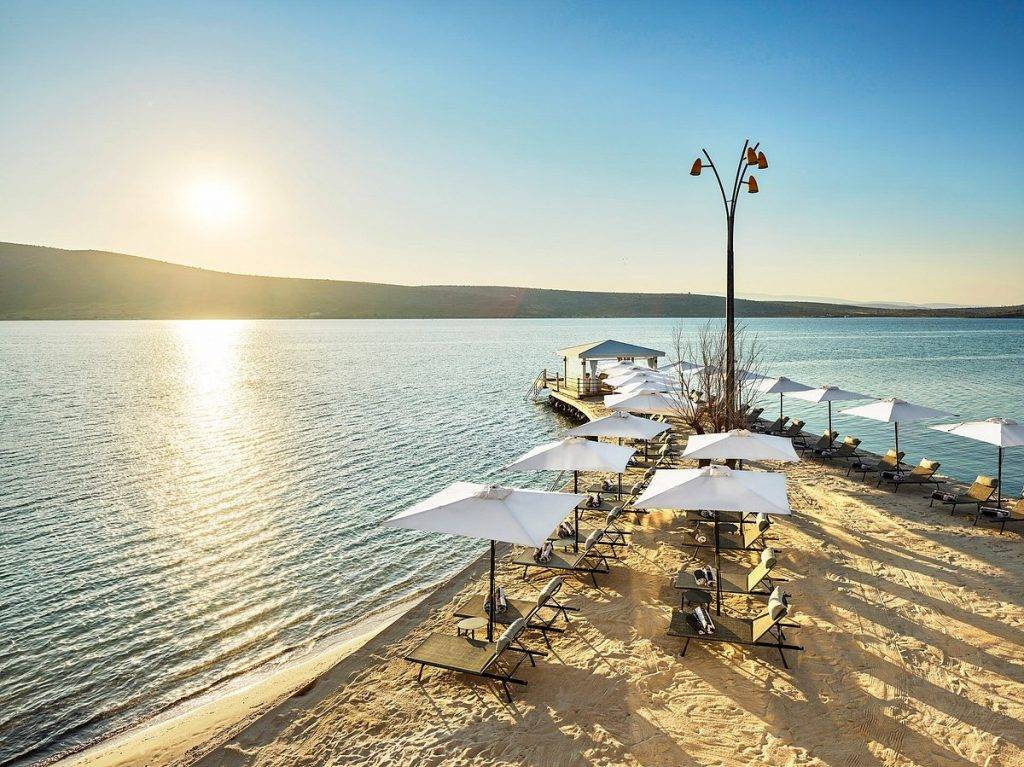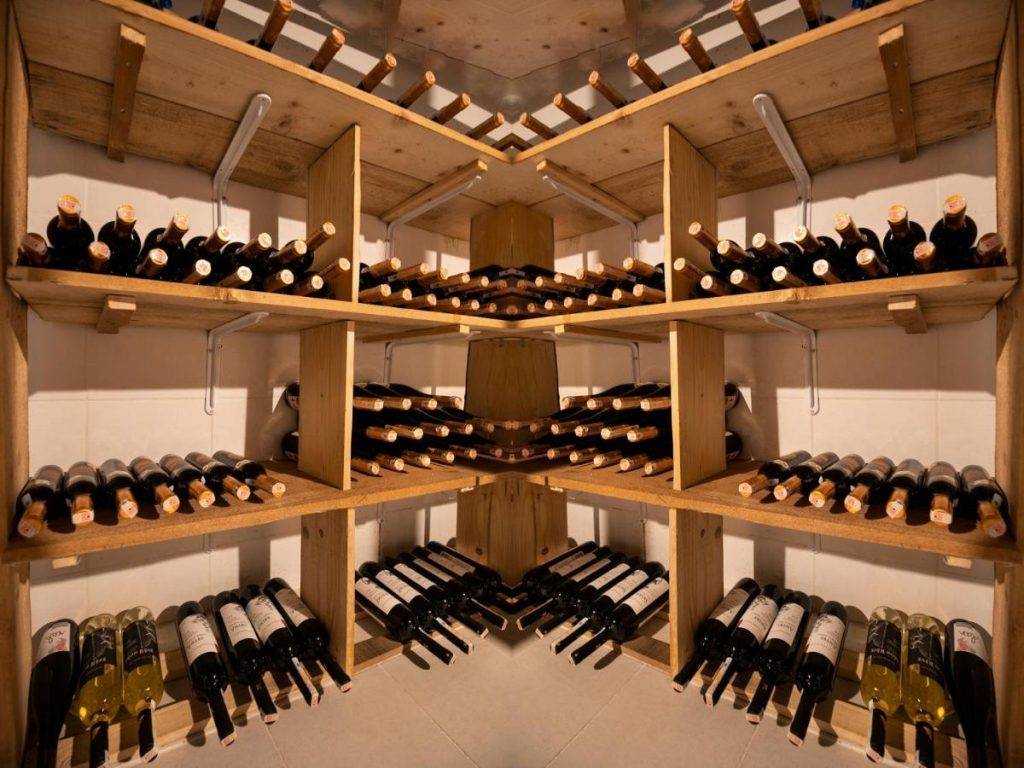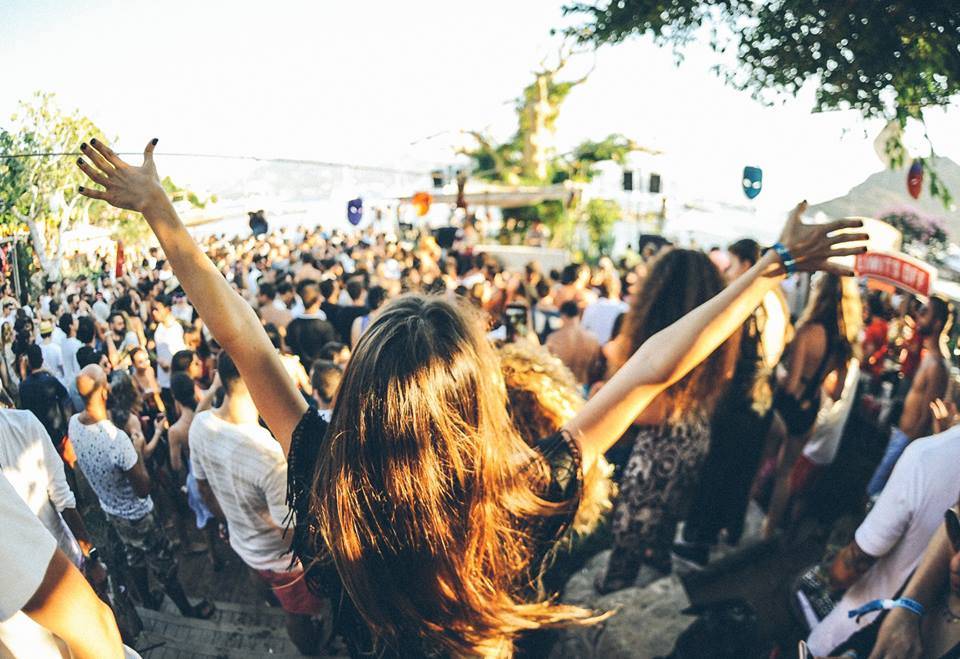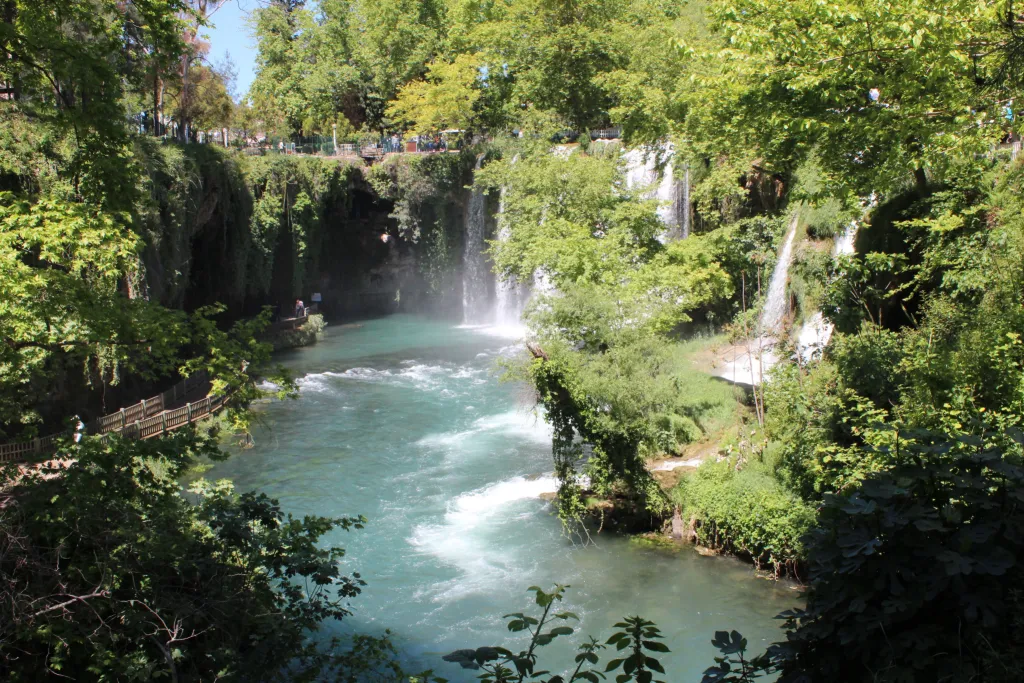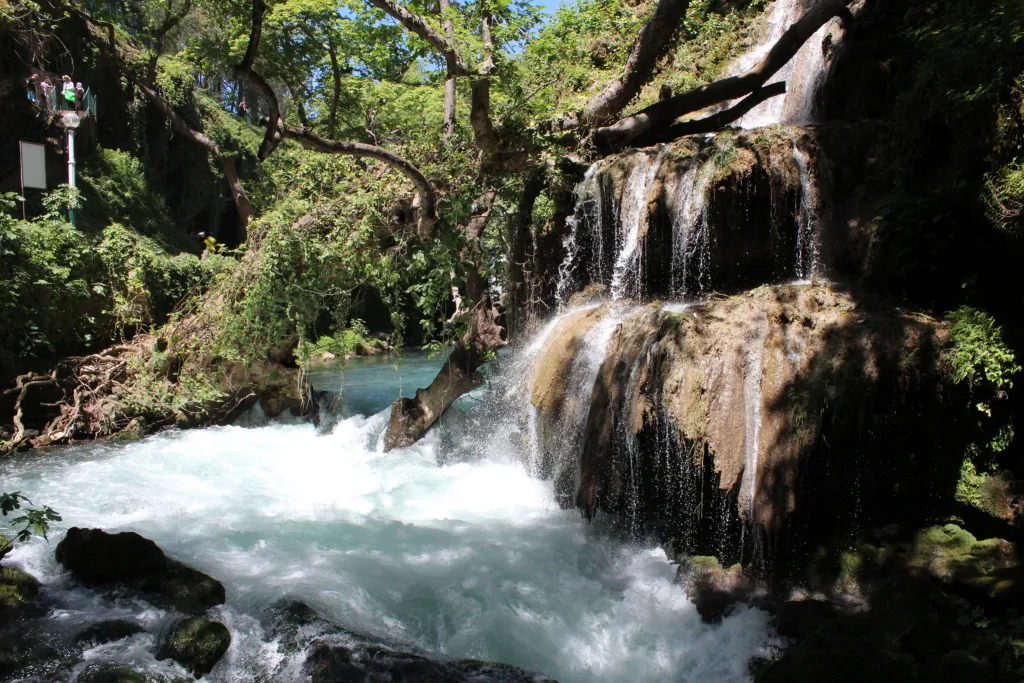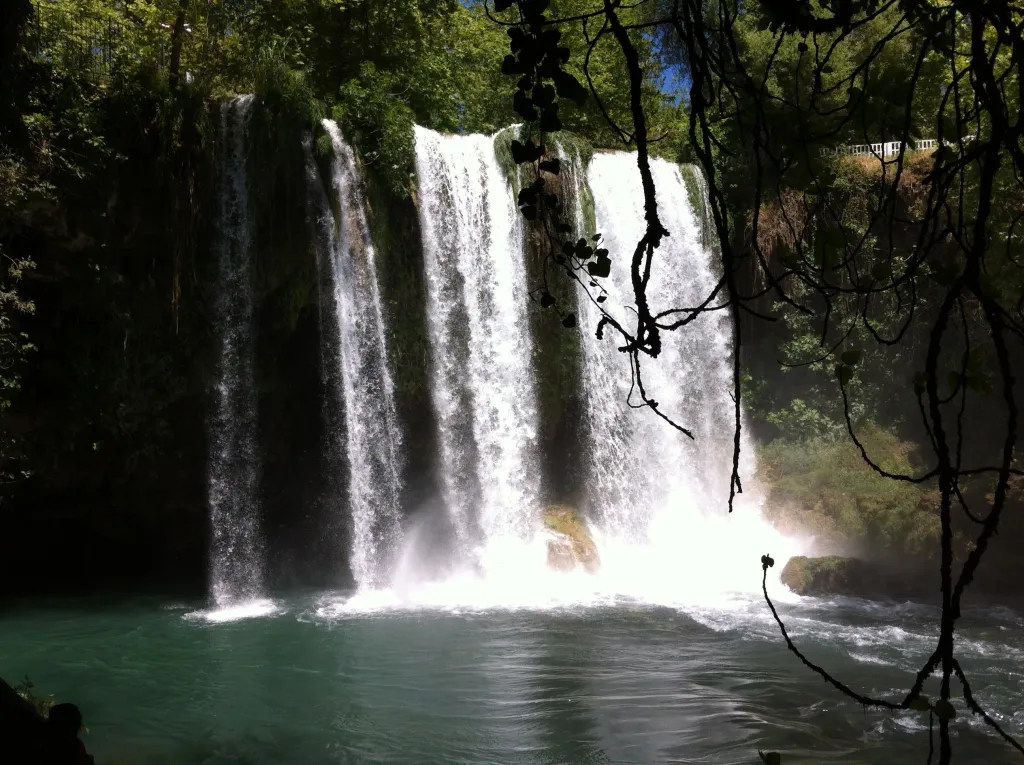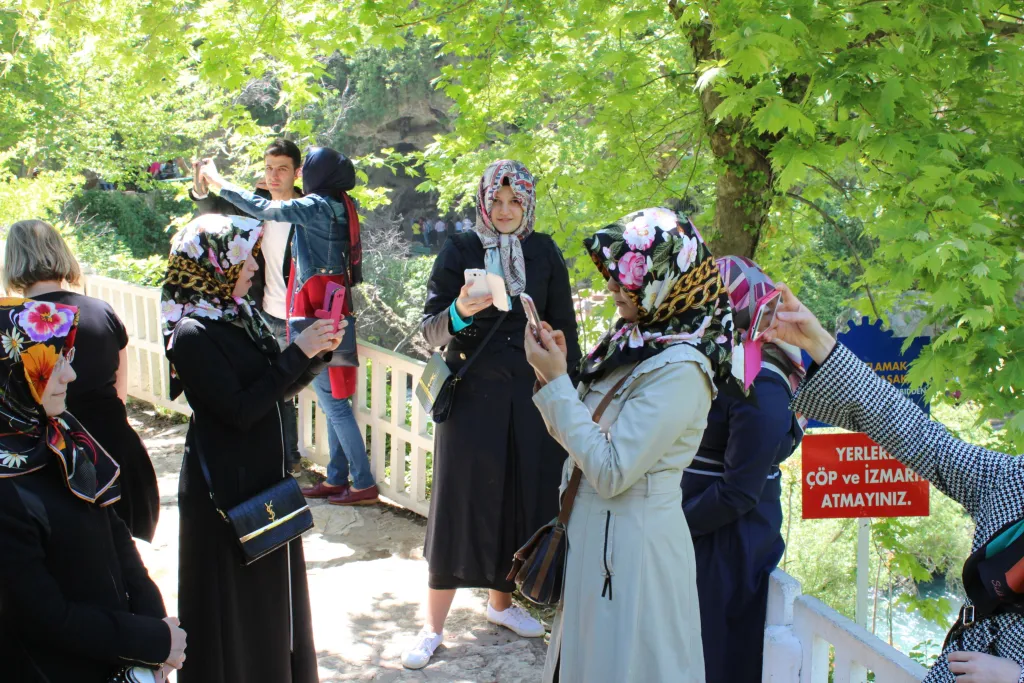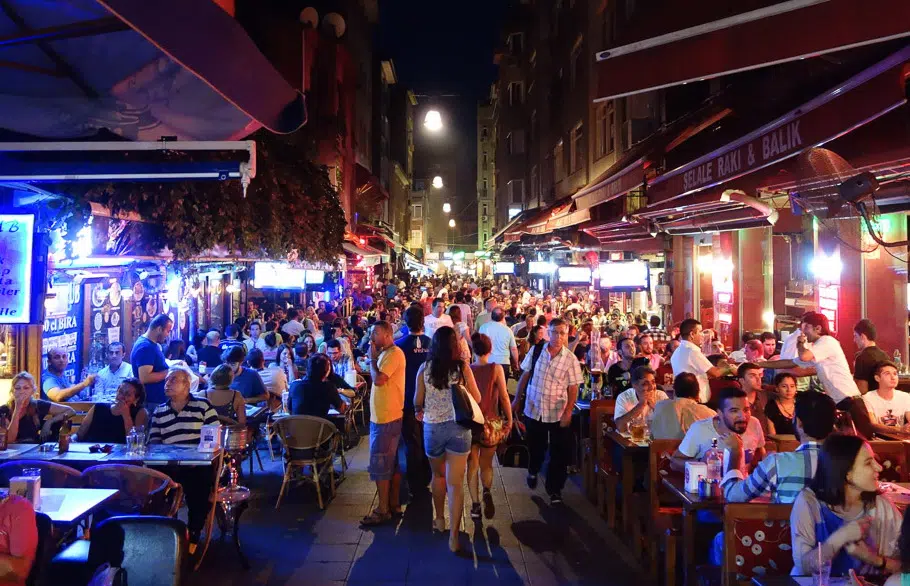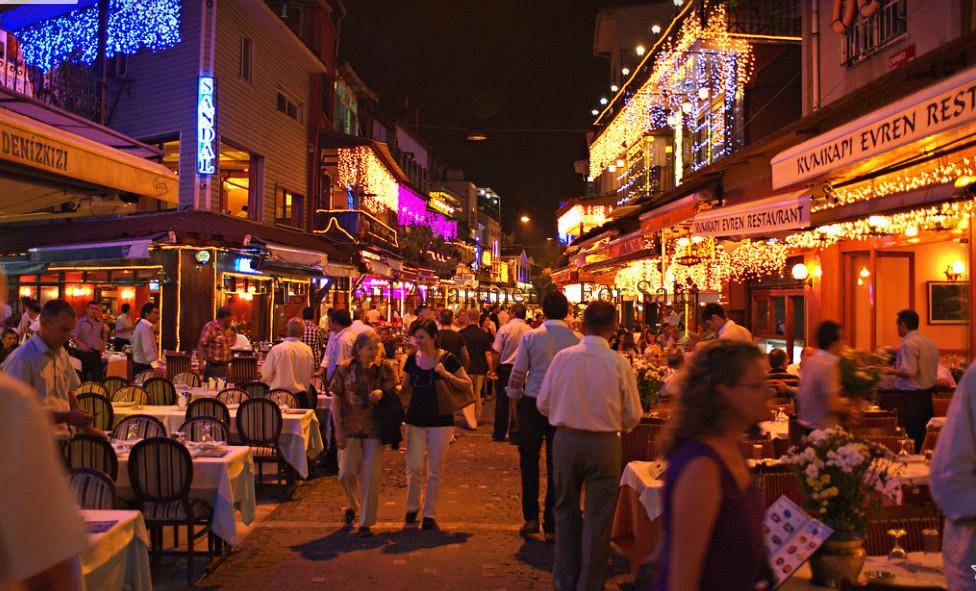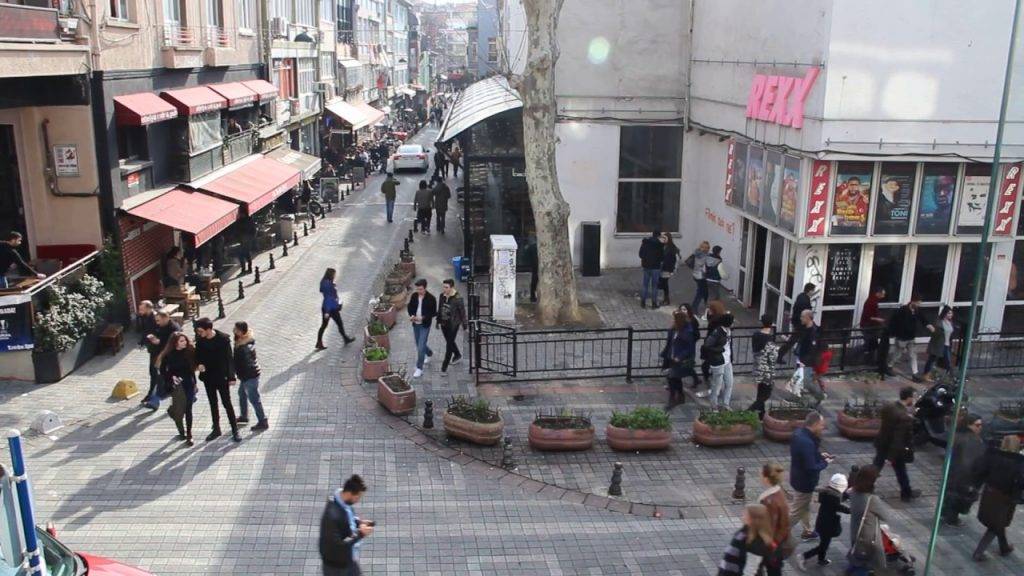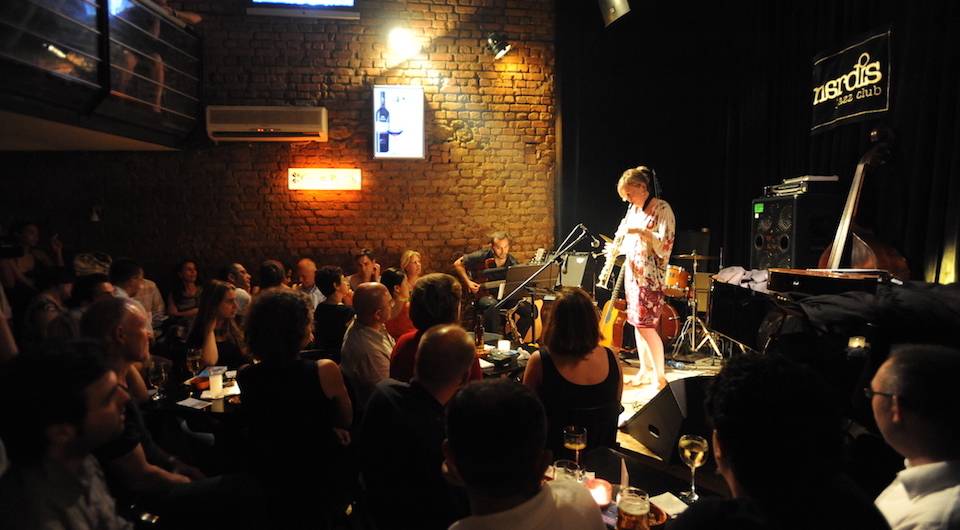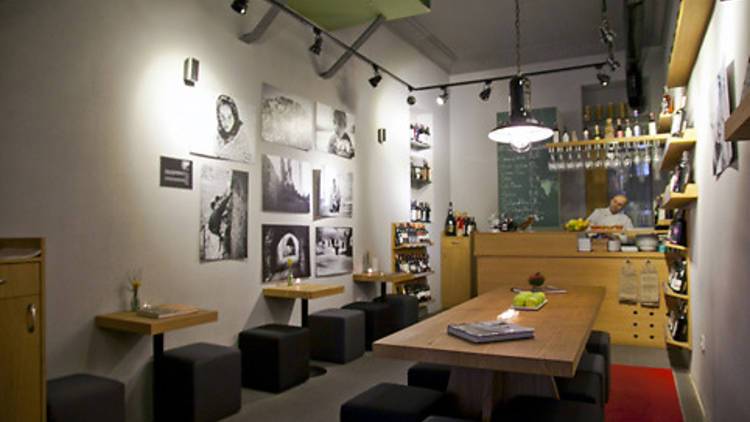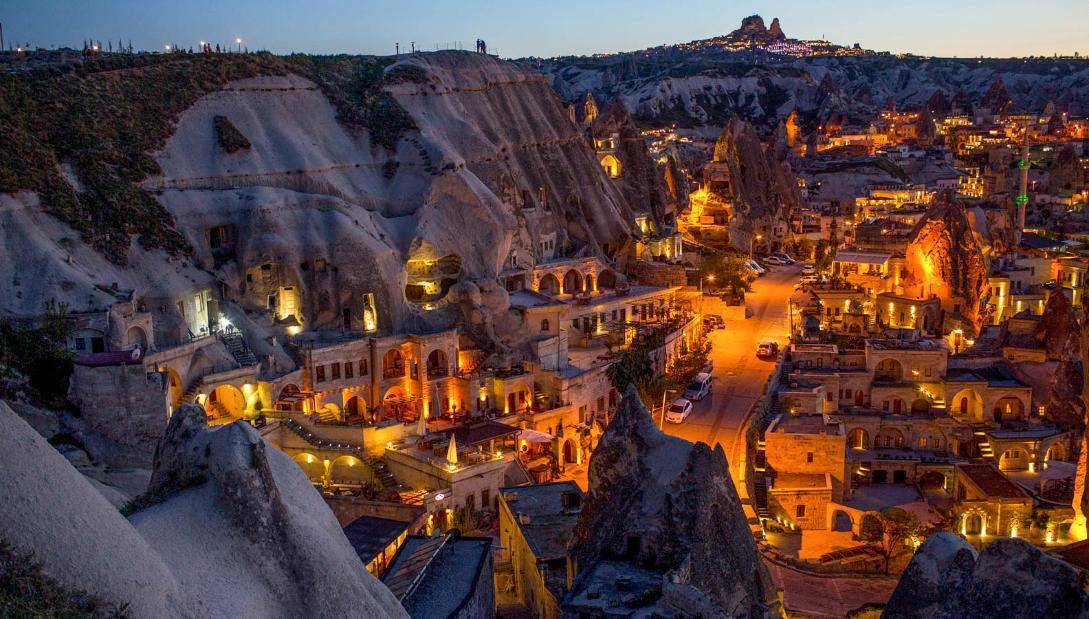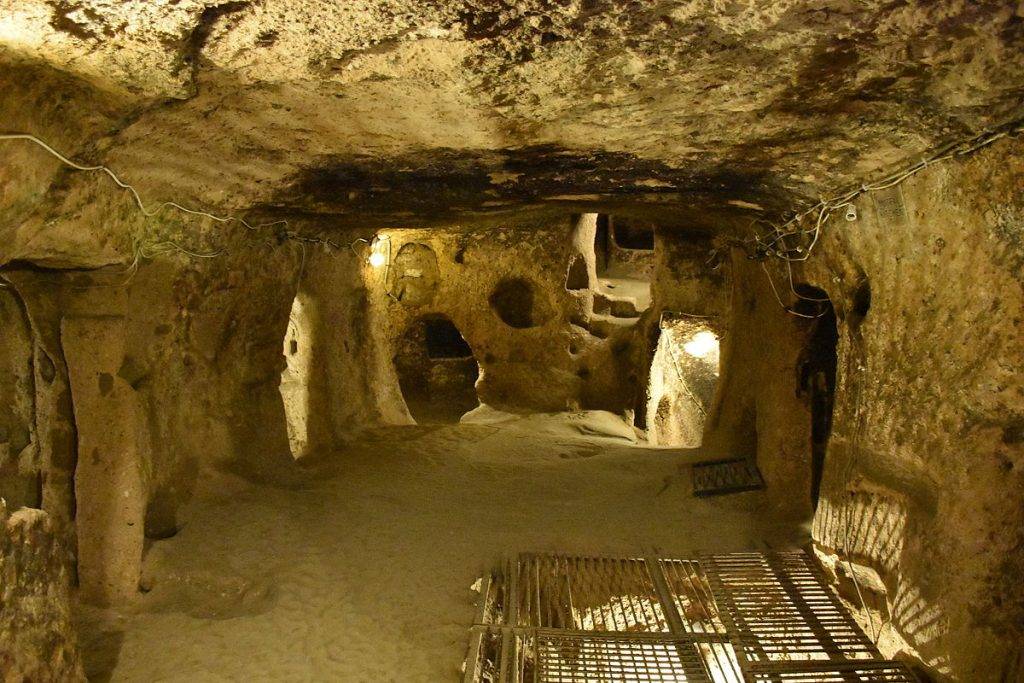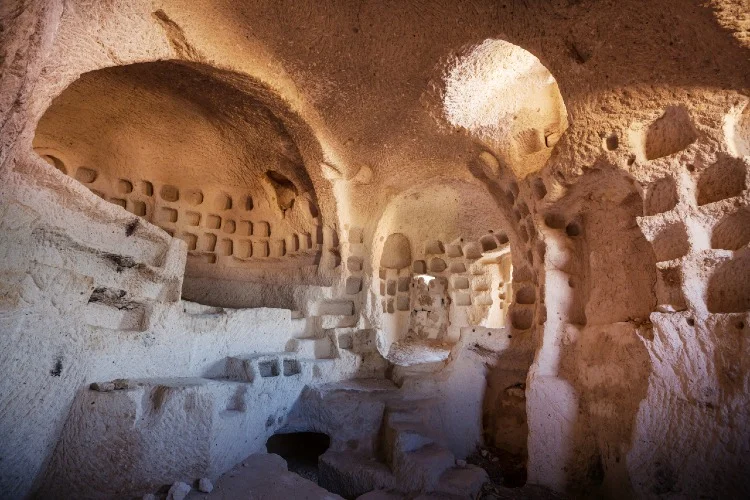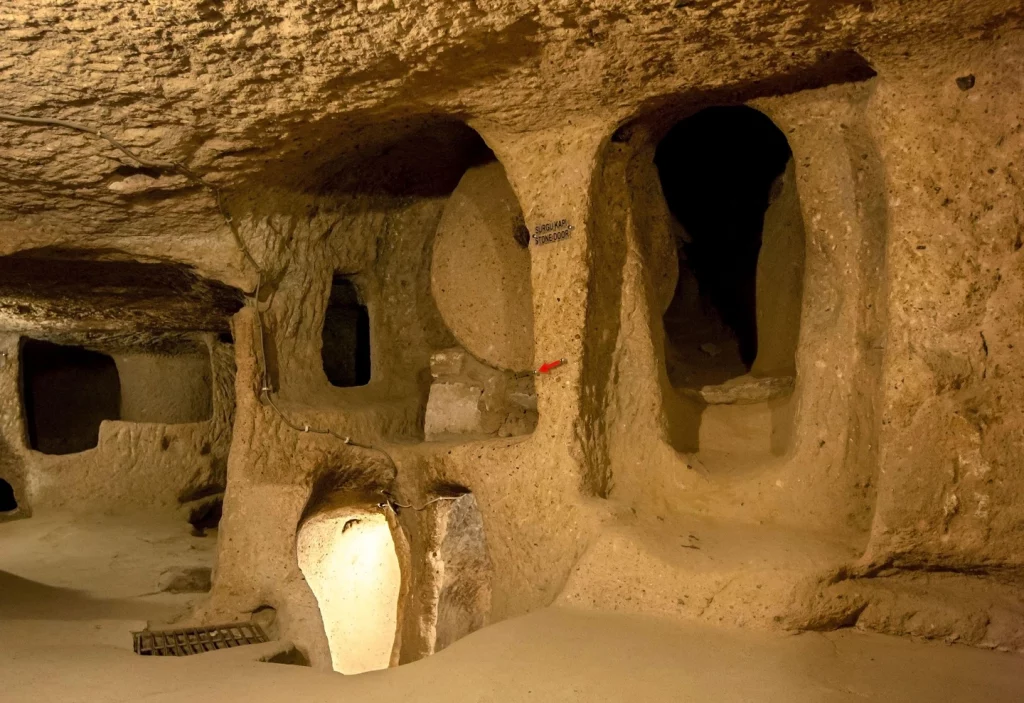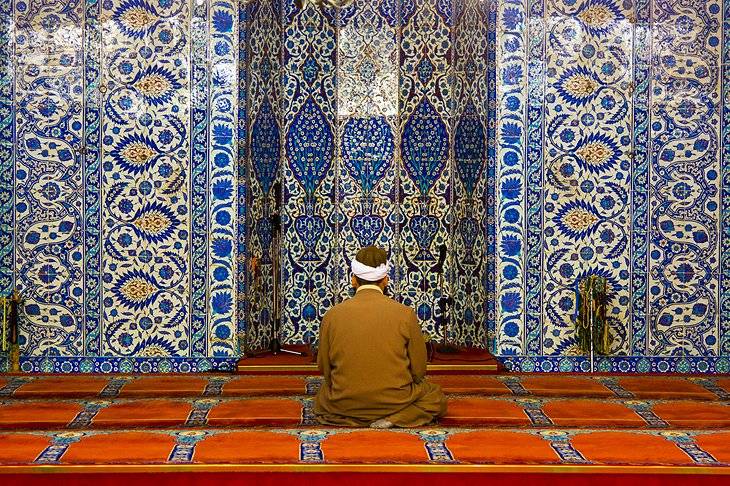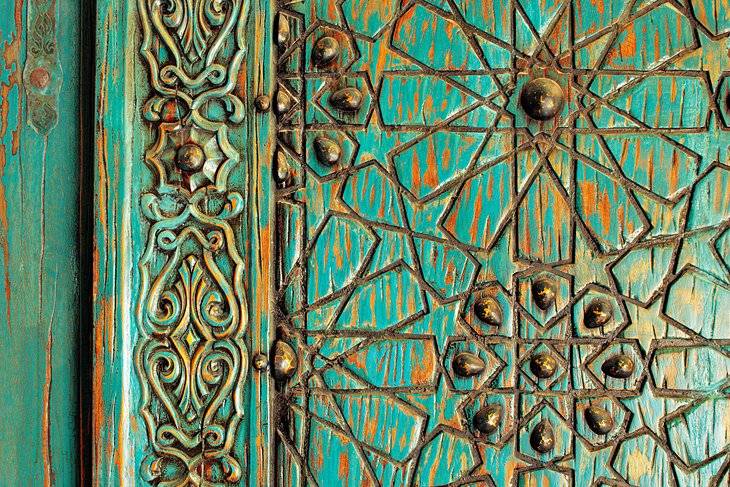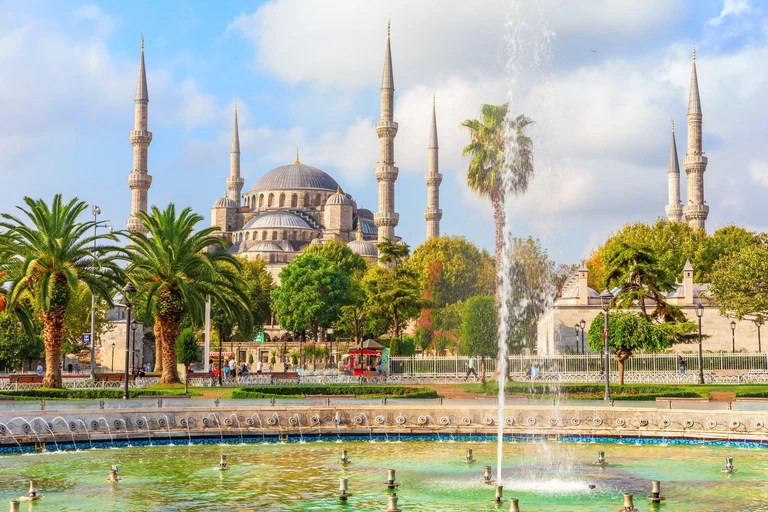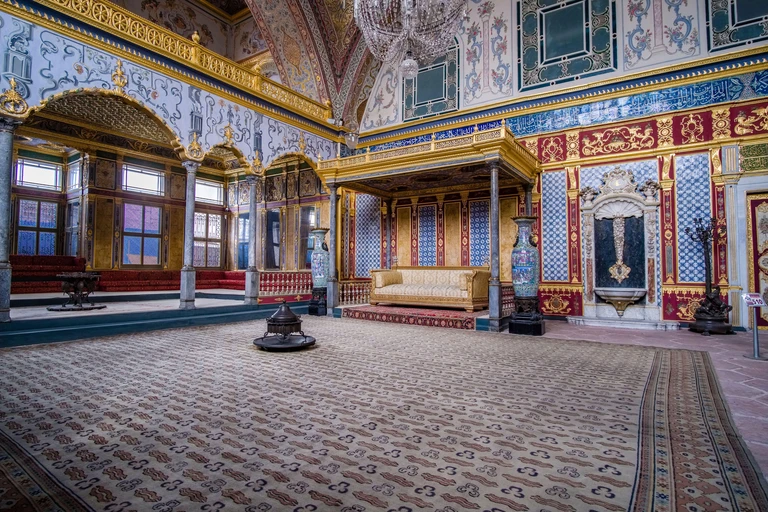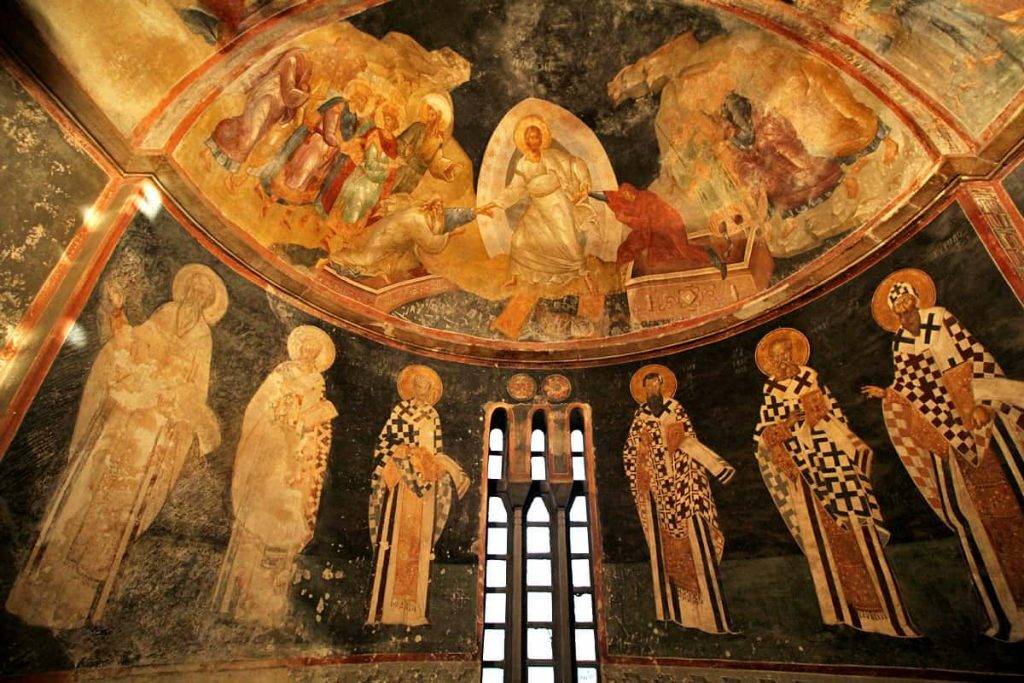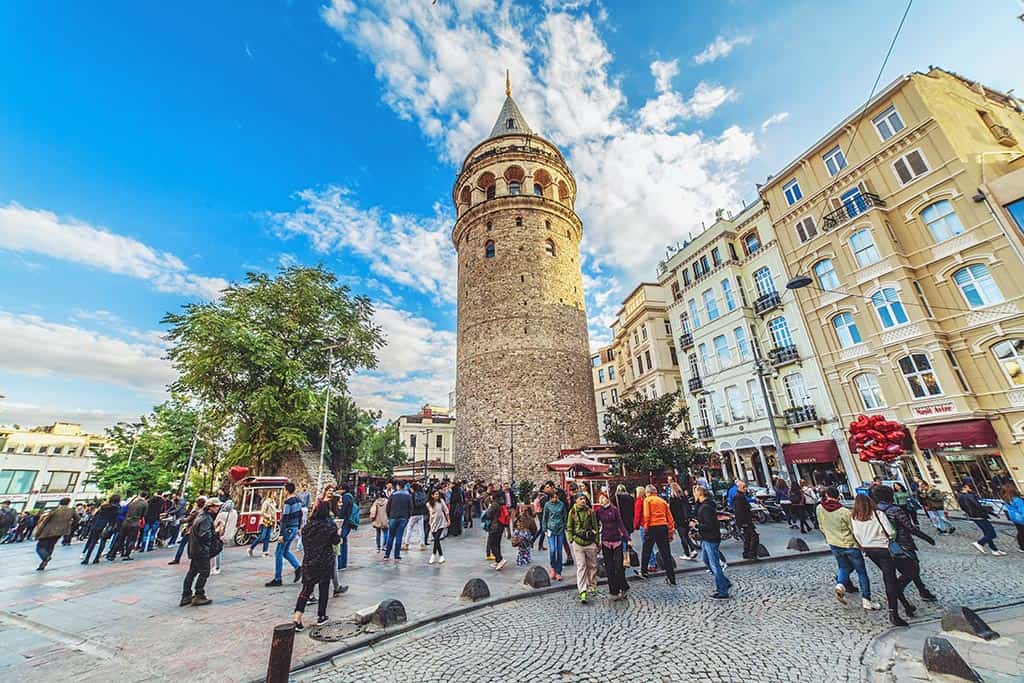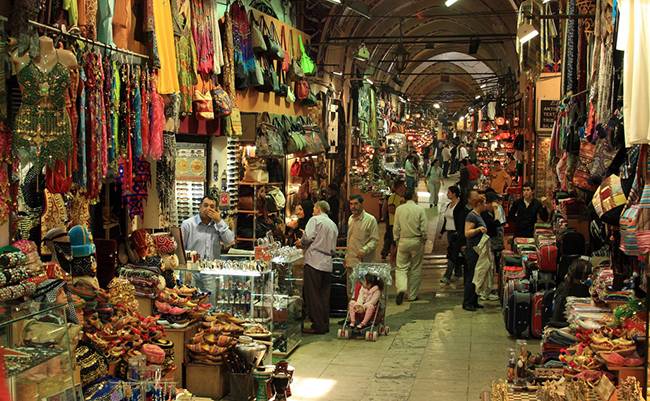Turkish coffee is a local coffee preparation and cooking process that dates back to the Ottoman Empire and holds a significant cultural significance in Turkey. Its unique flavours, foam, scent, and presentation have a distinct tradition and location. It’s the only coffee with grounds on the menu. The Arabian Peninsula is where coffee comes from. Although Turkish coffee’s historical origins may be traced back to the 10th-century Arab doctor Rhazes, its use goes back to 575 BC. Turkish coffee was made in the historical Arabian Peninsula by boiling the coffee fruit. Real coffee has acquired its unique taste and aroma due to this preparation and cooking method.
TurkeyVisaOnline is a famous e visa agency. They are specialised in turkey e visa. Supposed you want information regarding documents and how to apply for a turkey visa online. Kindly visit our website and connect with our e visa experts via Calls, Emails and WhatsApp.

When Did Turks Meet With Coffee?
At the end of the 15th century, travellers brought coffee from Yemen to Mecca and Medina, and it spread to Iran, Egypt, and Turkey. There have been two rumours that the Turks met around coffee. The first is two Syrian merchants introducing coffee to Istanbul in 1554. According to the second myth, Yemen Governor Ozdemir Pasha delivered coffee beans to Istanbul during the rule of Yavuz Sultan Selim, and it was owing to him that the palace got coffee. The interest in coffee grew day by day when the coffee maker was attached to the palace organisation. Because coffee was so valuable to the Sultan, water was carried in from the spring in addition to coffee.
Then, as time went on, the Turkish coffee culture expanded into people’s houses. Turkish coffee was first prepared in pots and coffee pots by the Turks, who pioneered a whole new way of preparation. In Istanbul, the first cafe opened in 1554.
Coffee was brought to Venice by Venetians on their way to Istanbul in 1615. It has since become popular throughout Europe. The first coffeehouse was established in Venice in 1645, followed by Paris in 1643 and London in 1651.

Where Does Turkish Coffee Bean Come From?
Turkish coffee brews finely ground coffee beans in boiling water for several hours. Even though it is called Turkish coffee, the beans are from Brazil. Turkey roasts and packages the beans that are supplied. Yemen’s production was relatively inadequate as the fame of the coffee coming from Yemen to Turkey expanded over the world. Brazil, Jamaica, Cuba, and Colombia, all of which have climates favourable to coffee growth, started producing after the 1600s. In Brazil, Turks have found the coffee that suits their tastes. Turkey has been importing coffee from Brazil since the 1700s.

Which kind of coffee is Turkish coffee made from?
Even though Turkey does not manufacture its coffee beans, it is a variety of coffee that is finely ground and cooked using its way. Even though Turkish coffee has a long history, it is brewed in a coffee pot and served in small cups with Turkish delight. Turkish coffee has a strong taste that lasts long and is ground quite finely. In powder form, the grinding fineness is delicate, similar to flour. Turkish coffee is made with coffee that has been powdered from high-quality Arabica beans. Arabica coffee beans have firm acidity, sweet, soft drink flavour, and a fragrant aftertaste.
It may be made using any coffee bean that can be used to make Turkish coffee. Over-roasted beans do not produce good Turkish coffee. A fine grinding mill and a proper coffee pot are required for a well-brewed Turkish coffee. The coffee should be blended before it is cooked to ensure that it is highly frothy. Please apply for a turkey e visa or turkey visa as we want you to have a great time in Turkey and make sure your trip is memorable as we have issued so many e visas for turkey.
